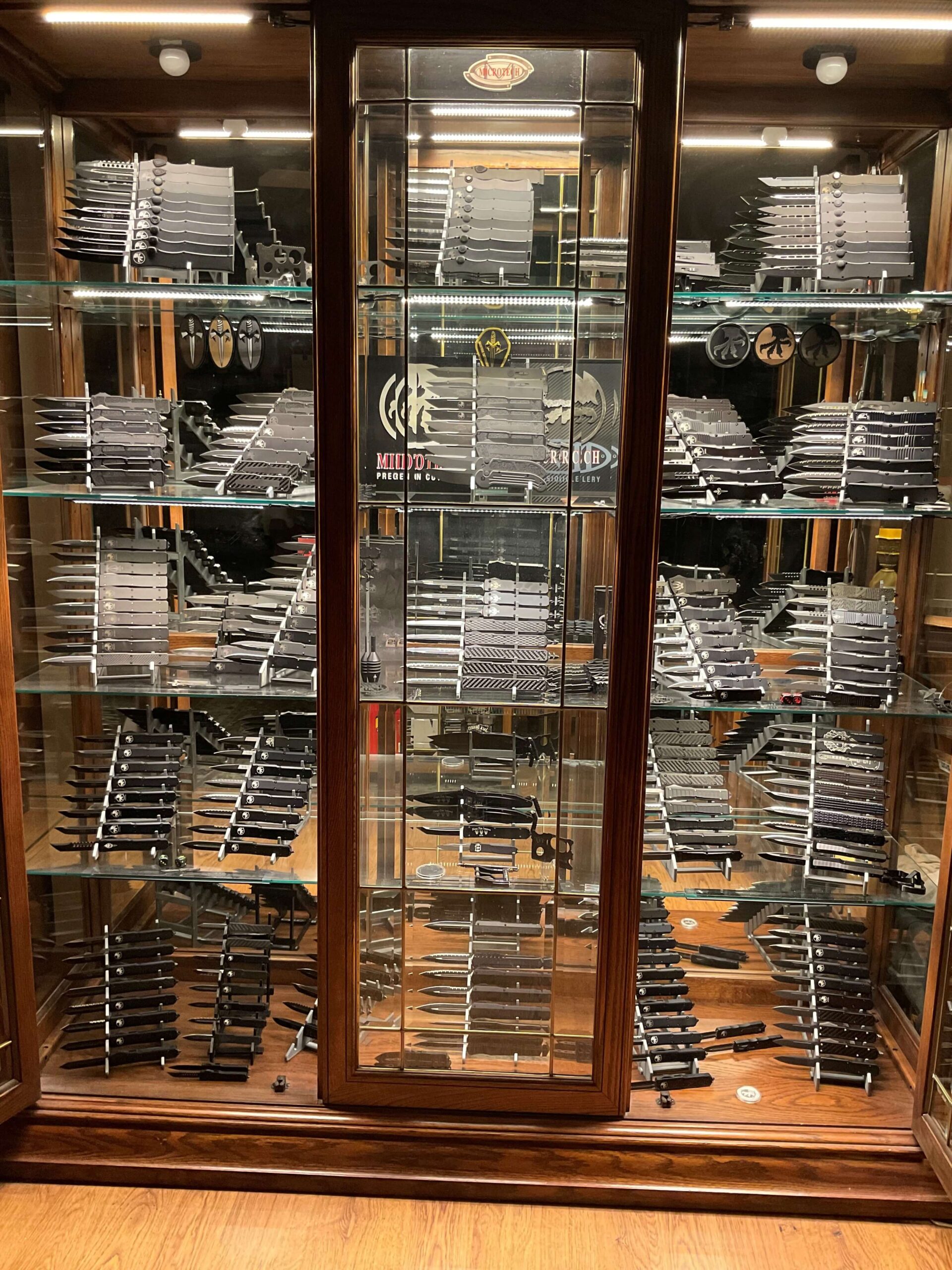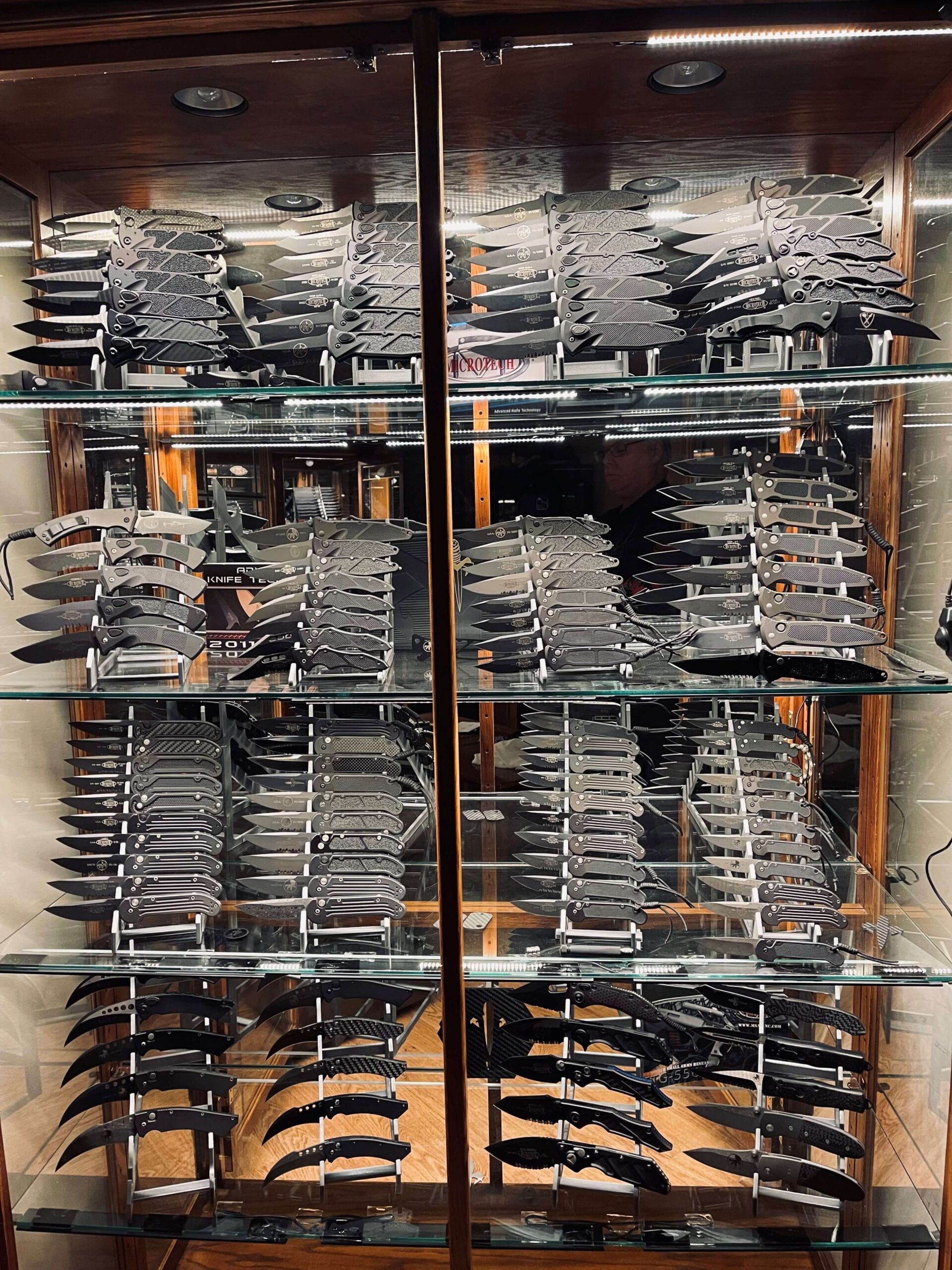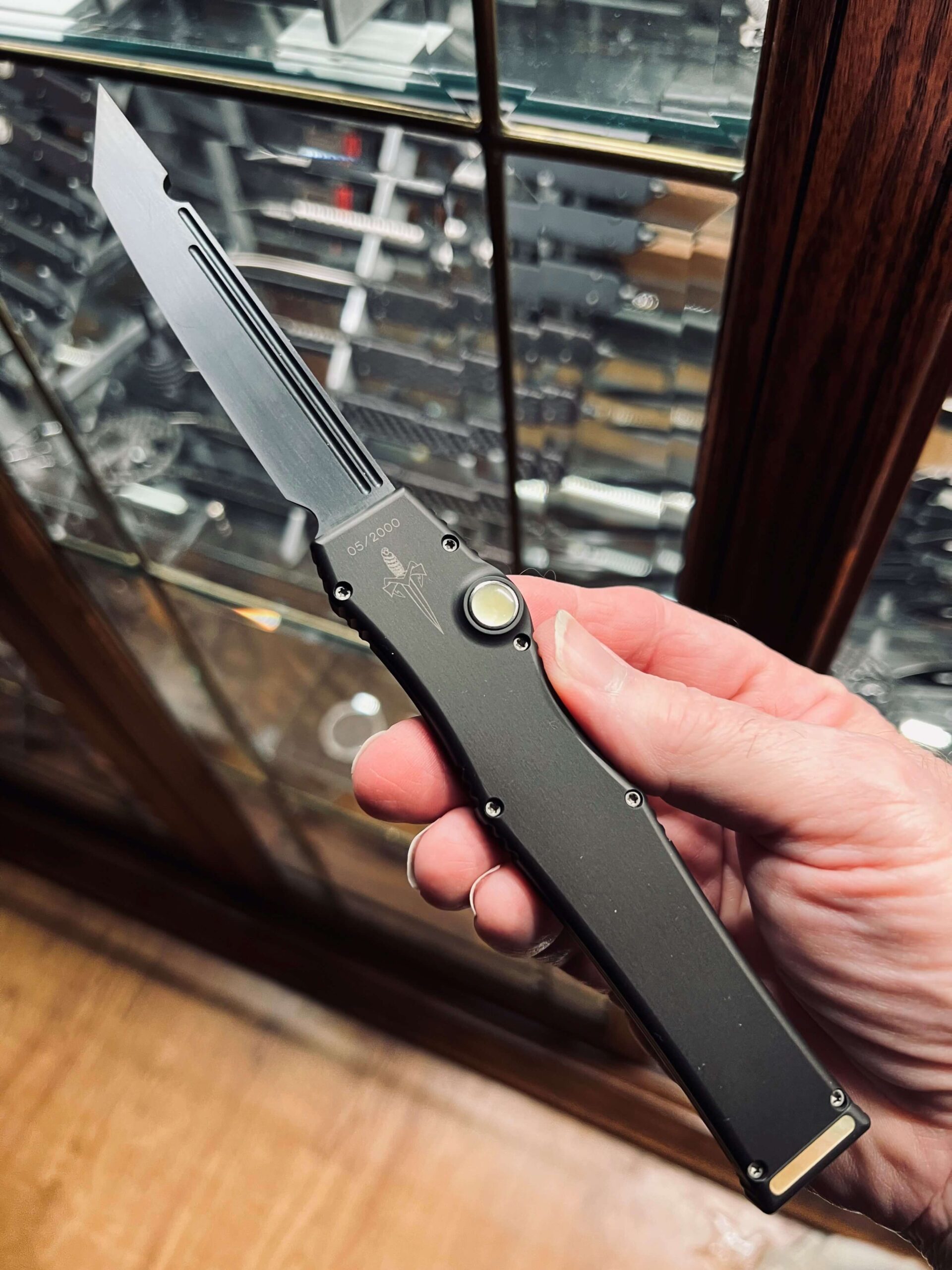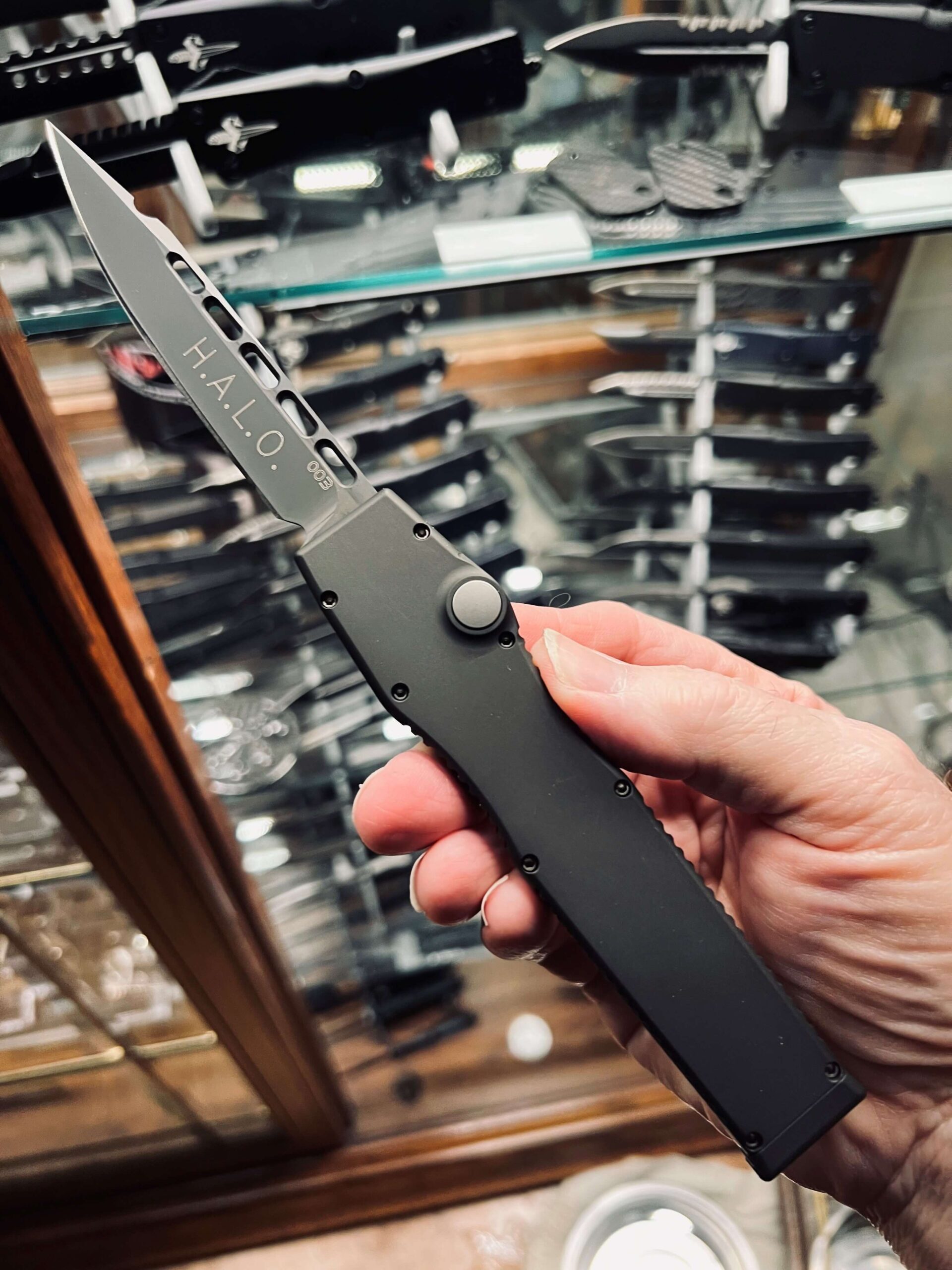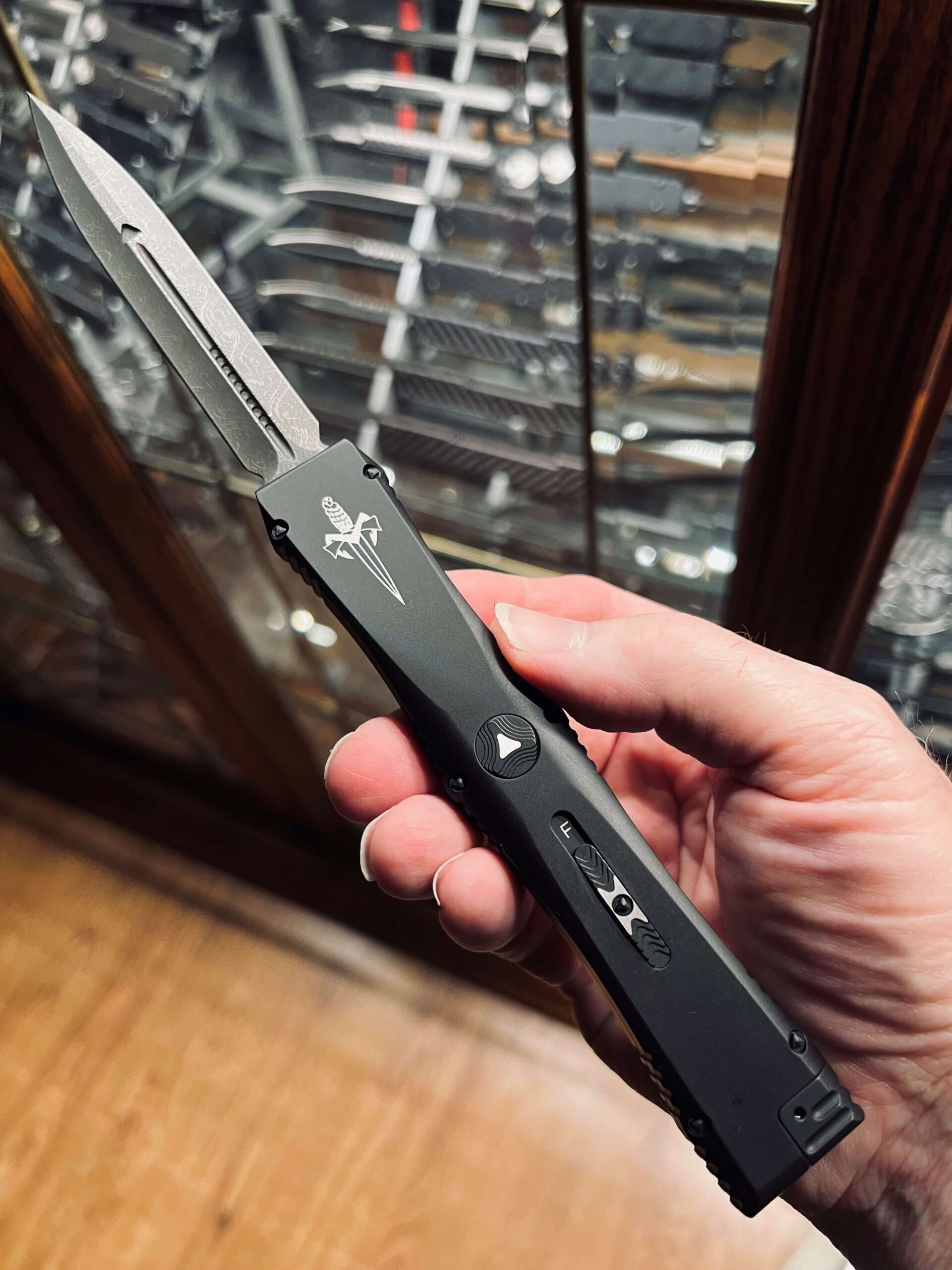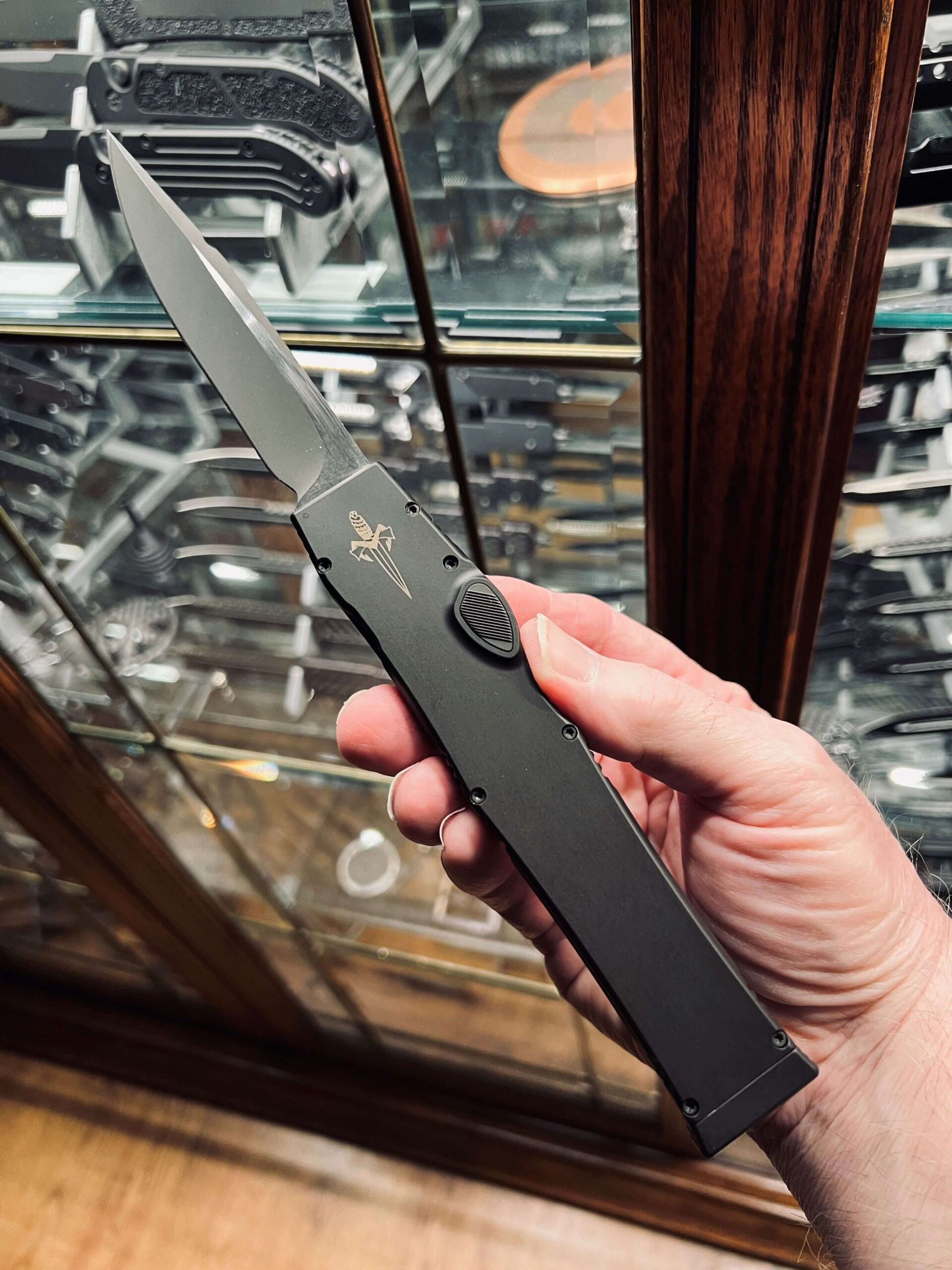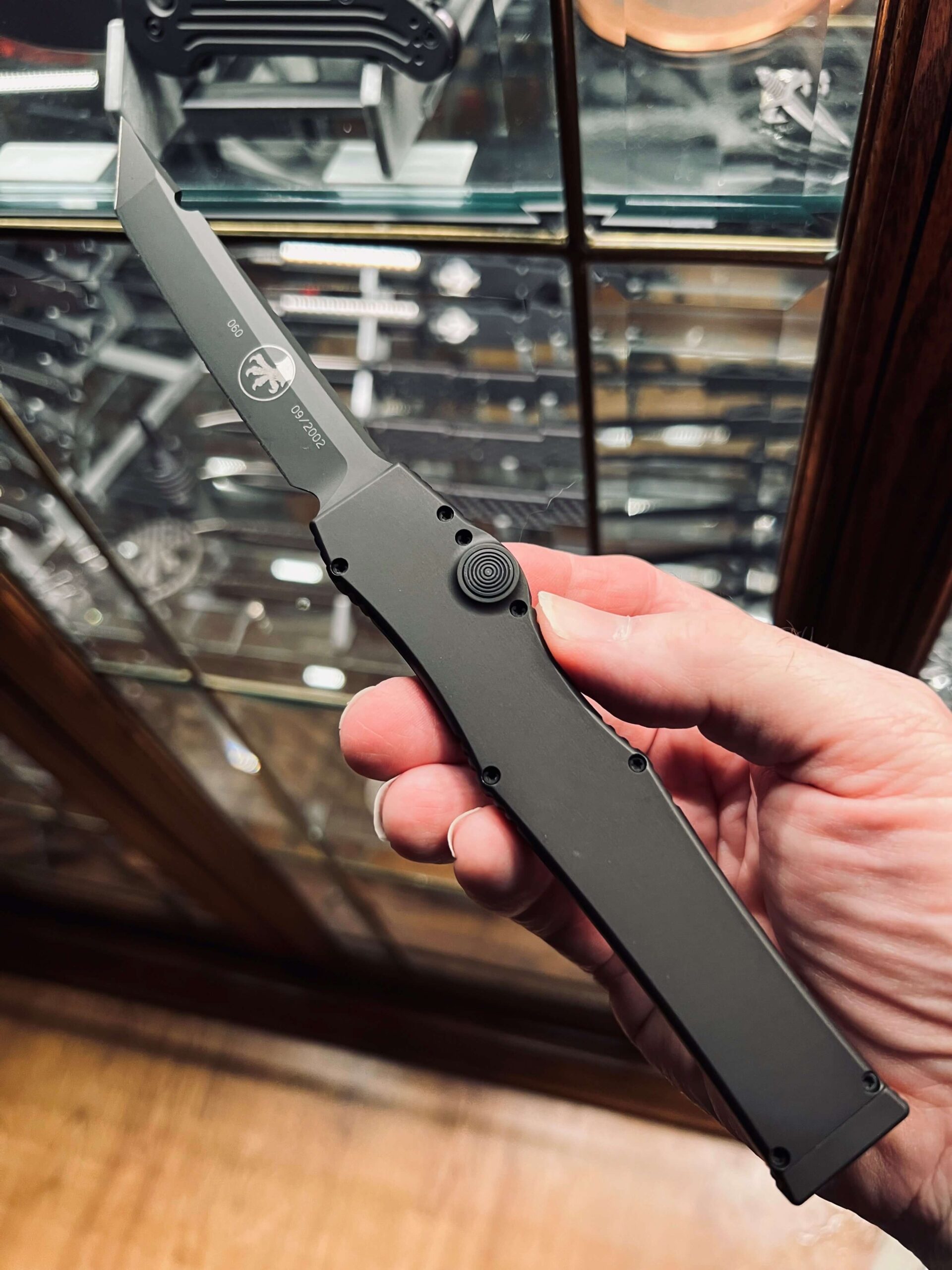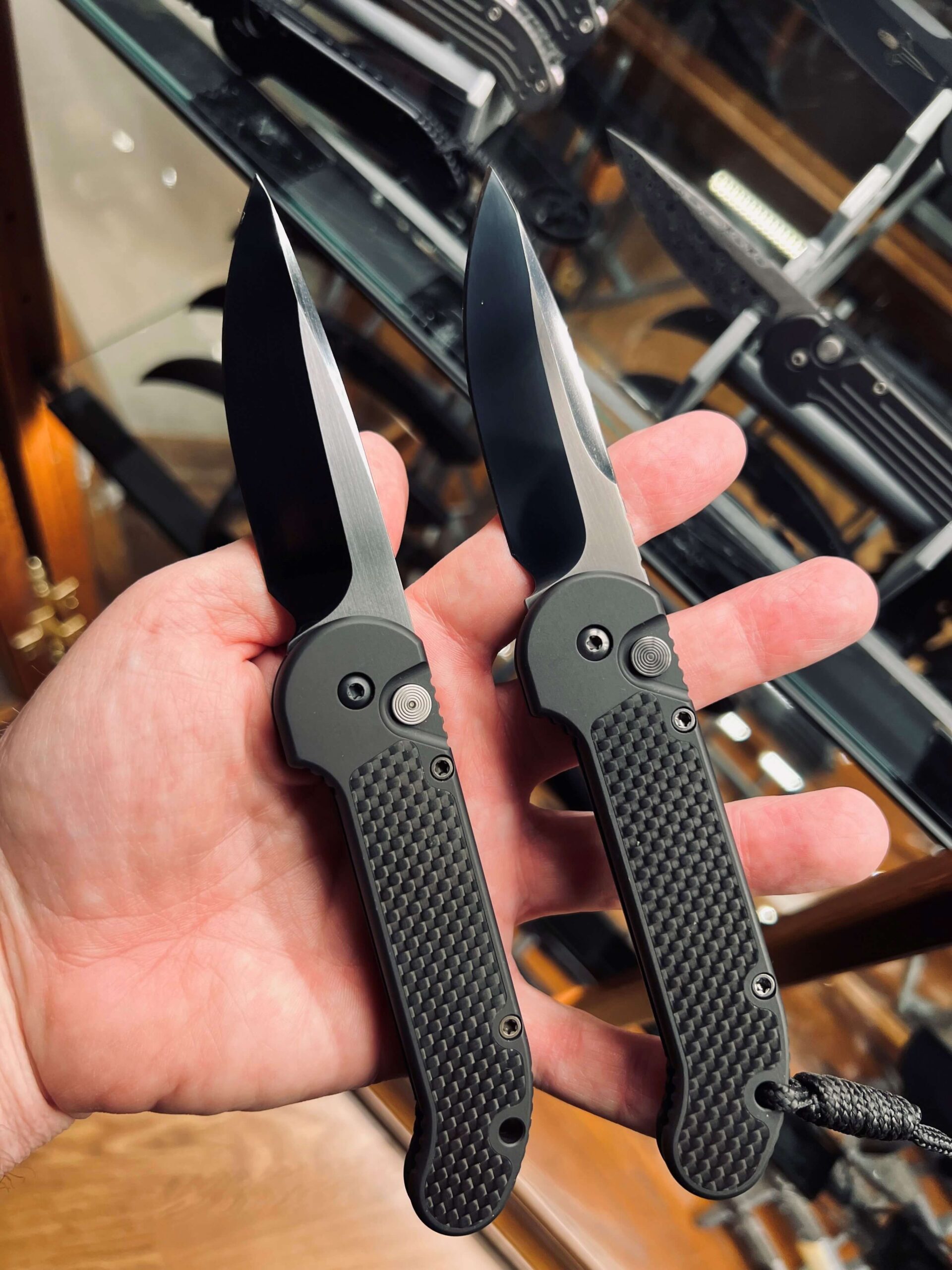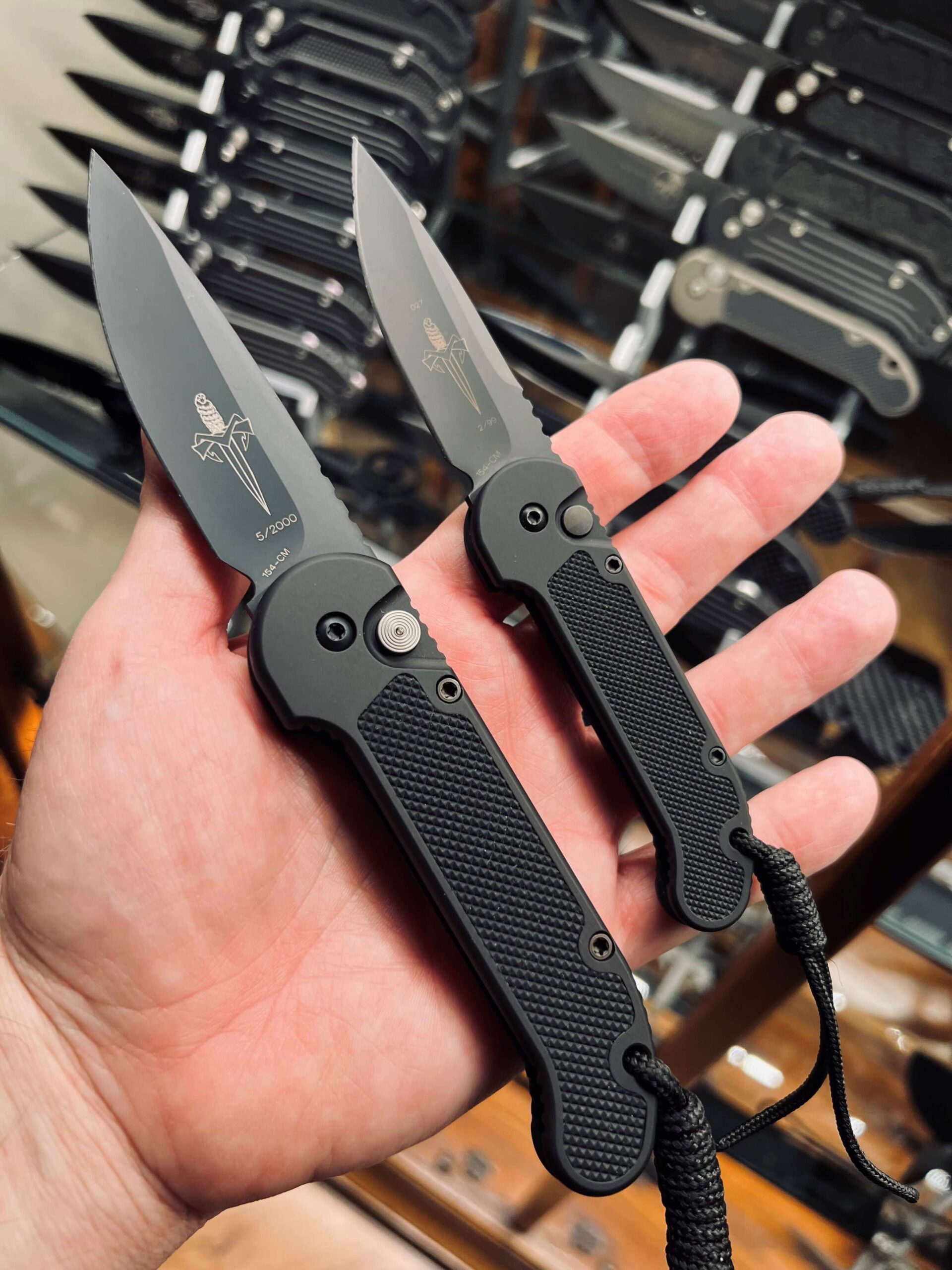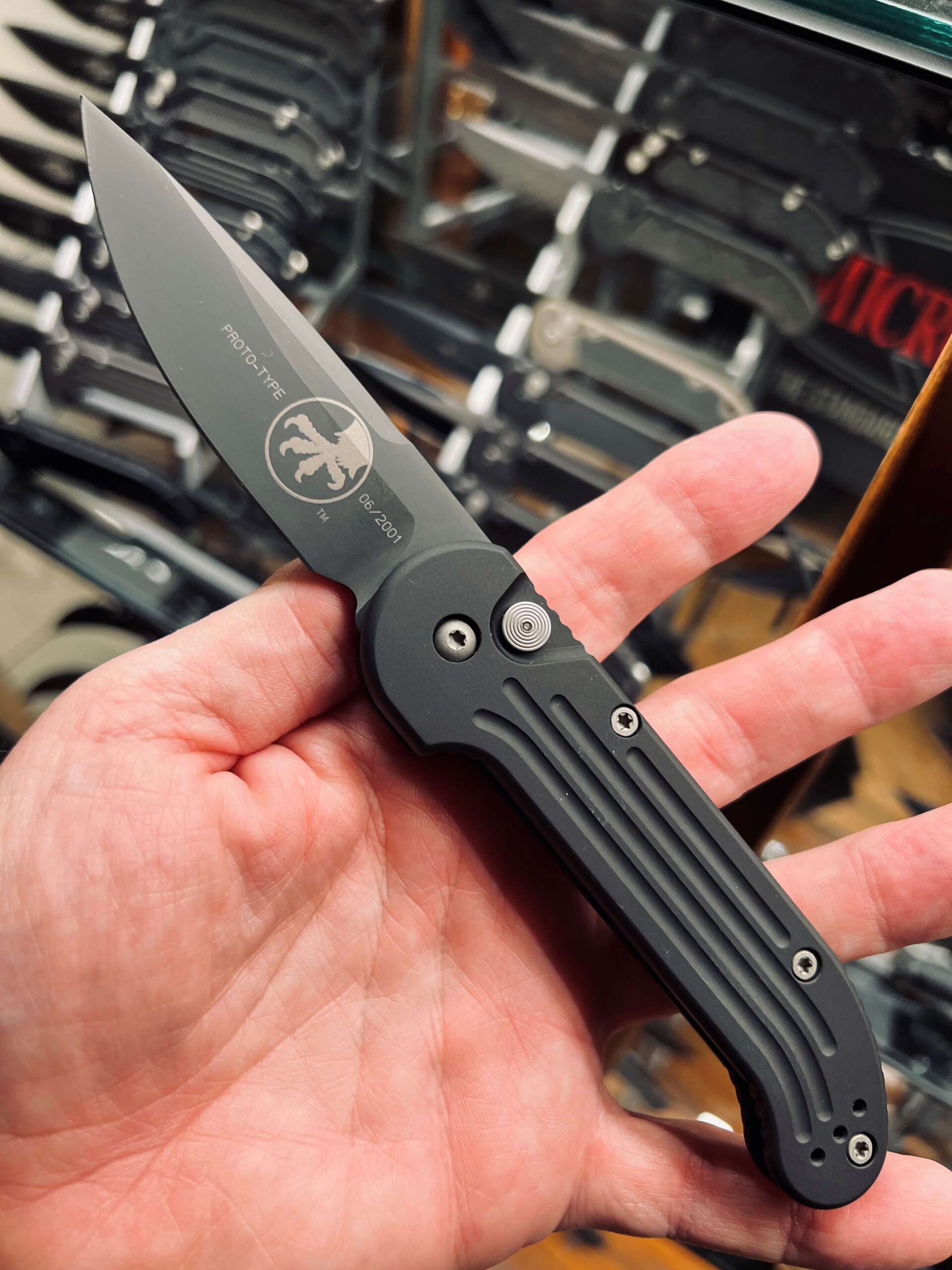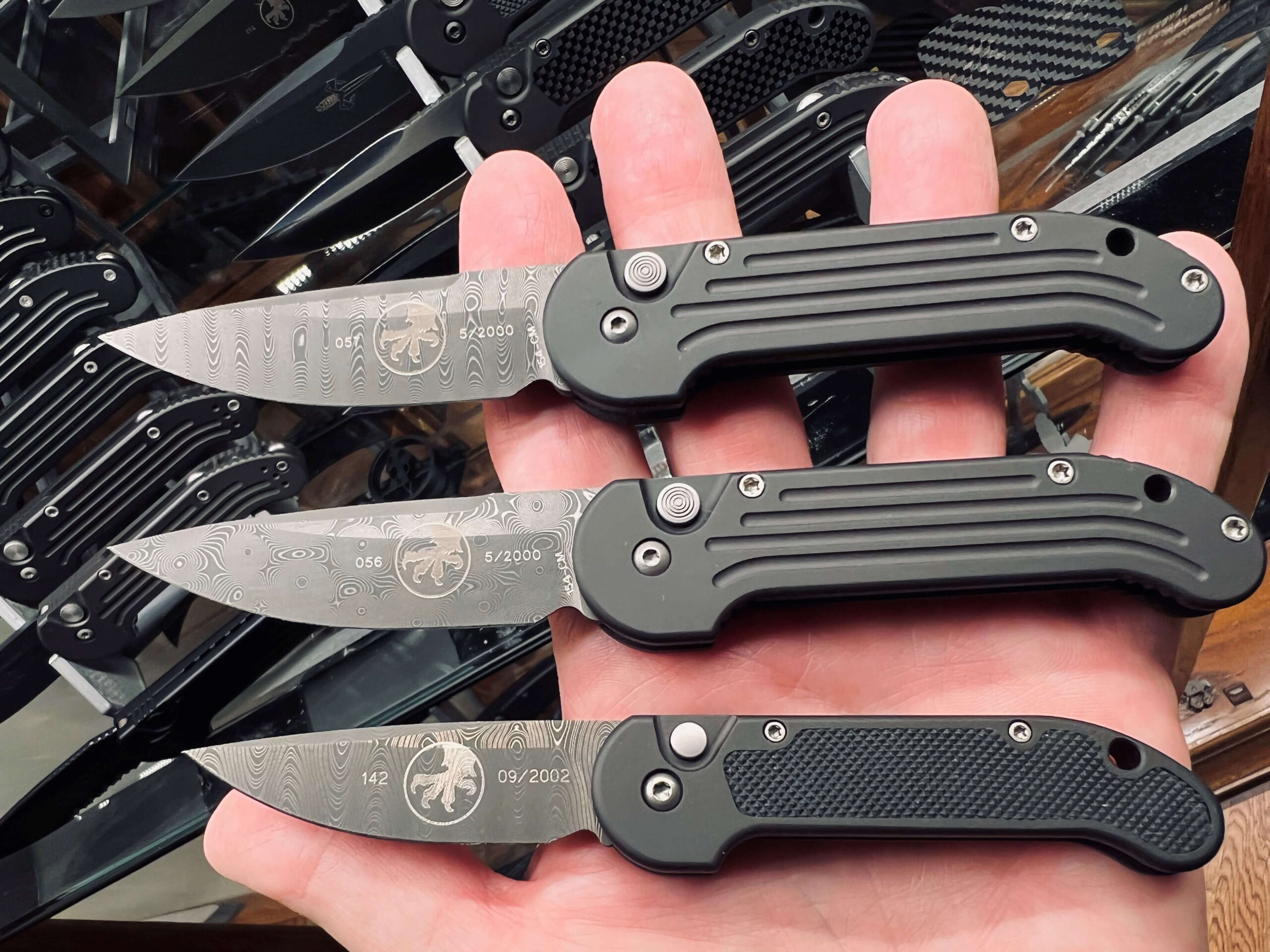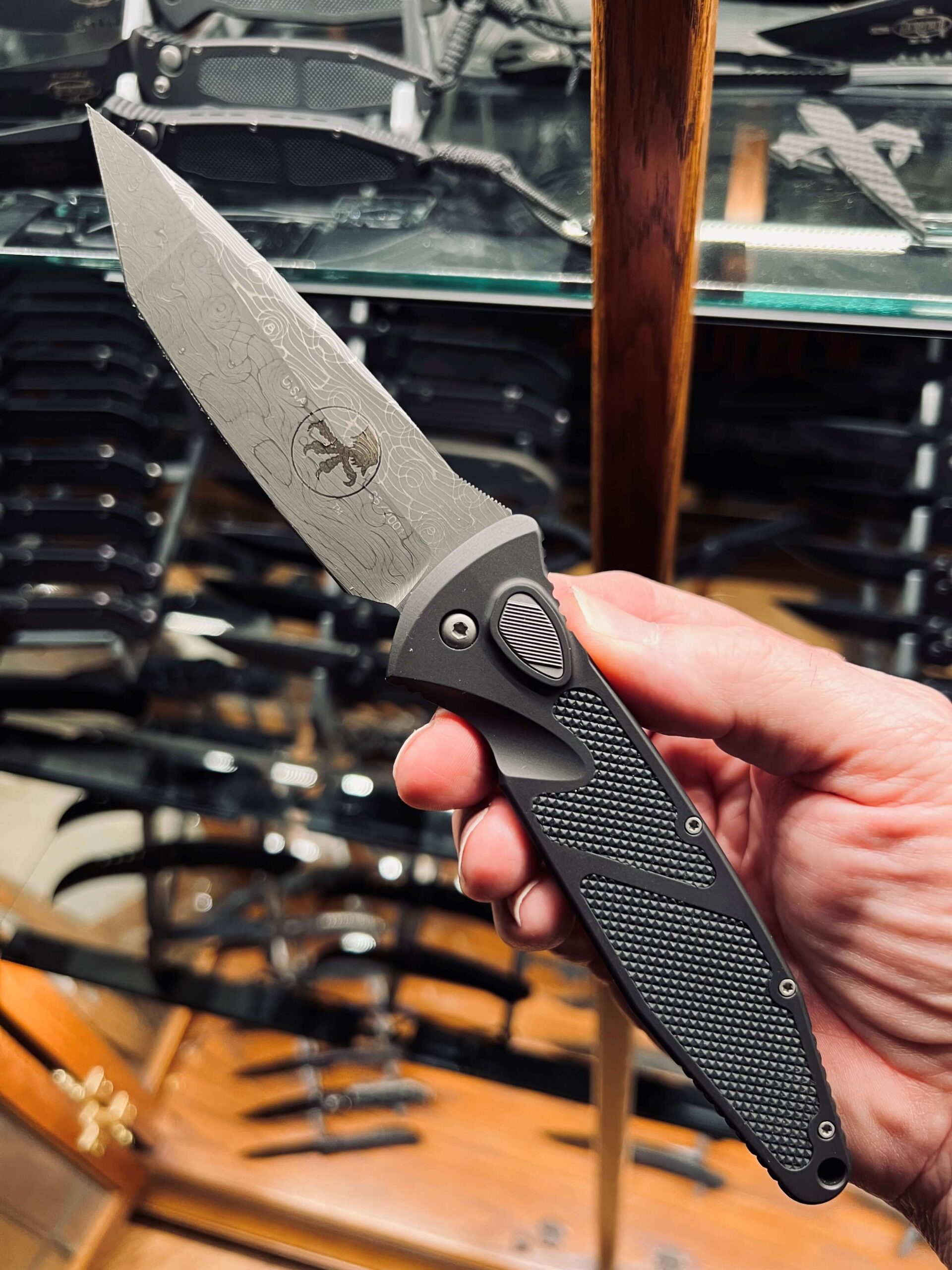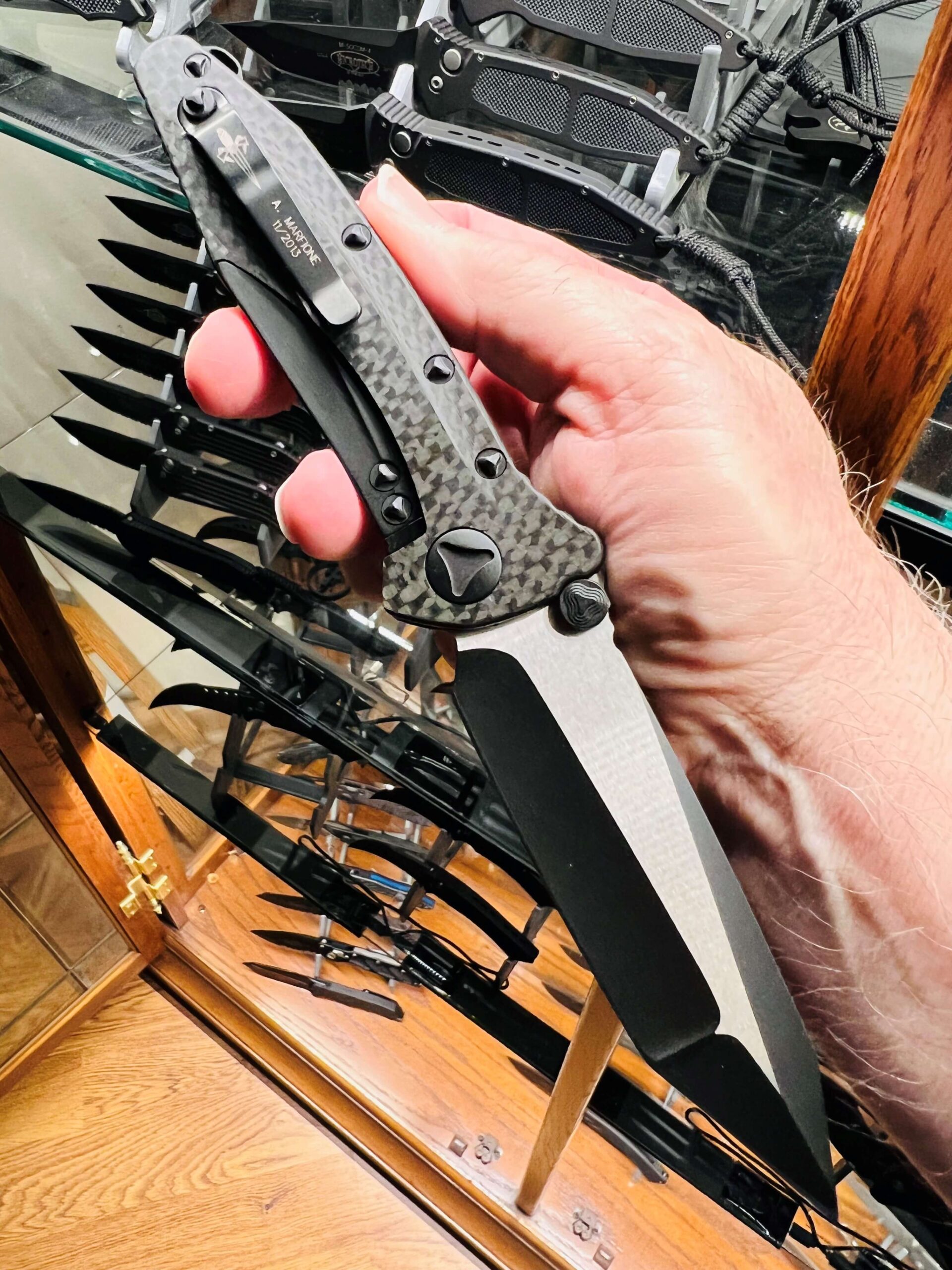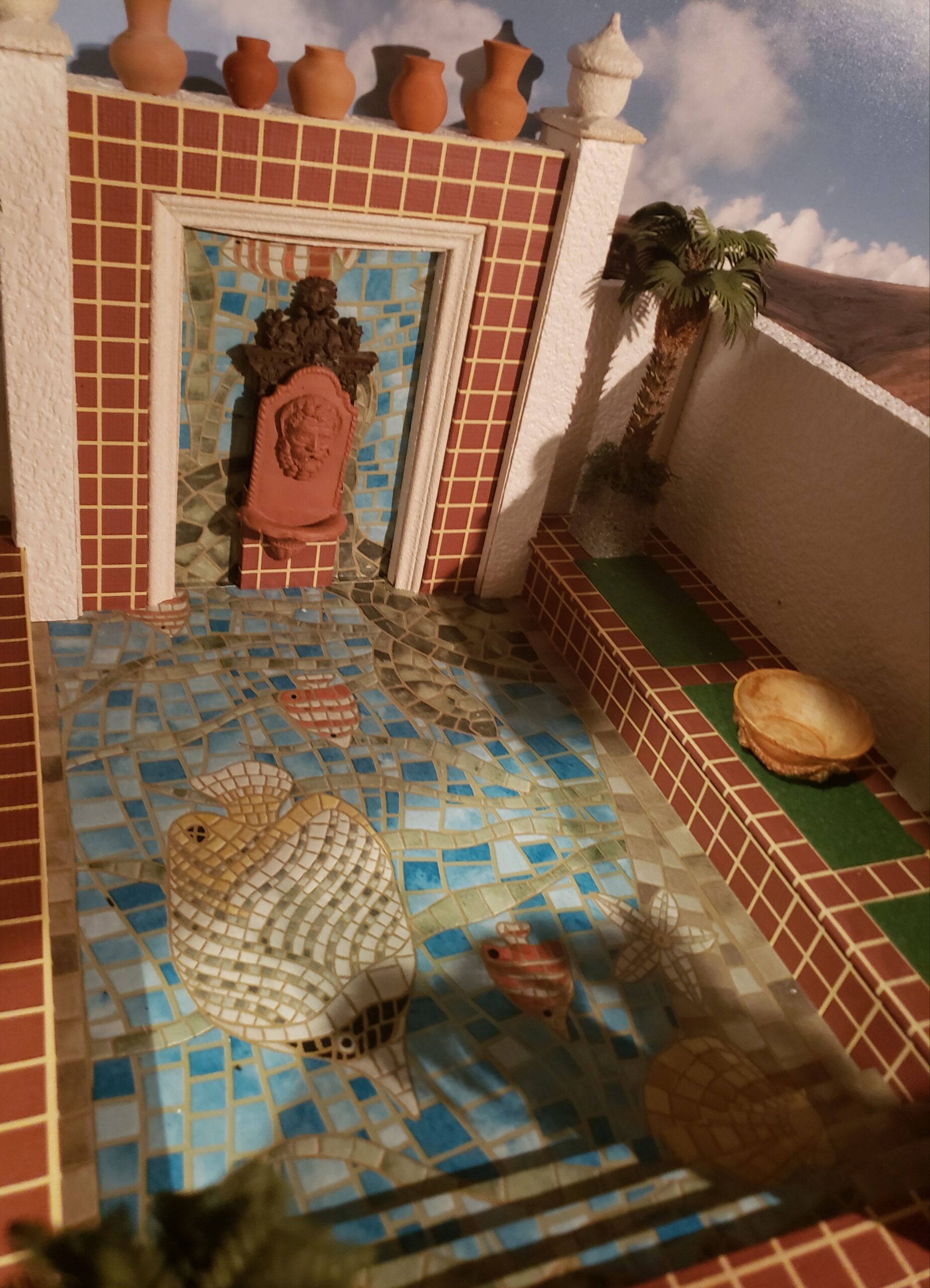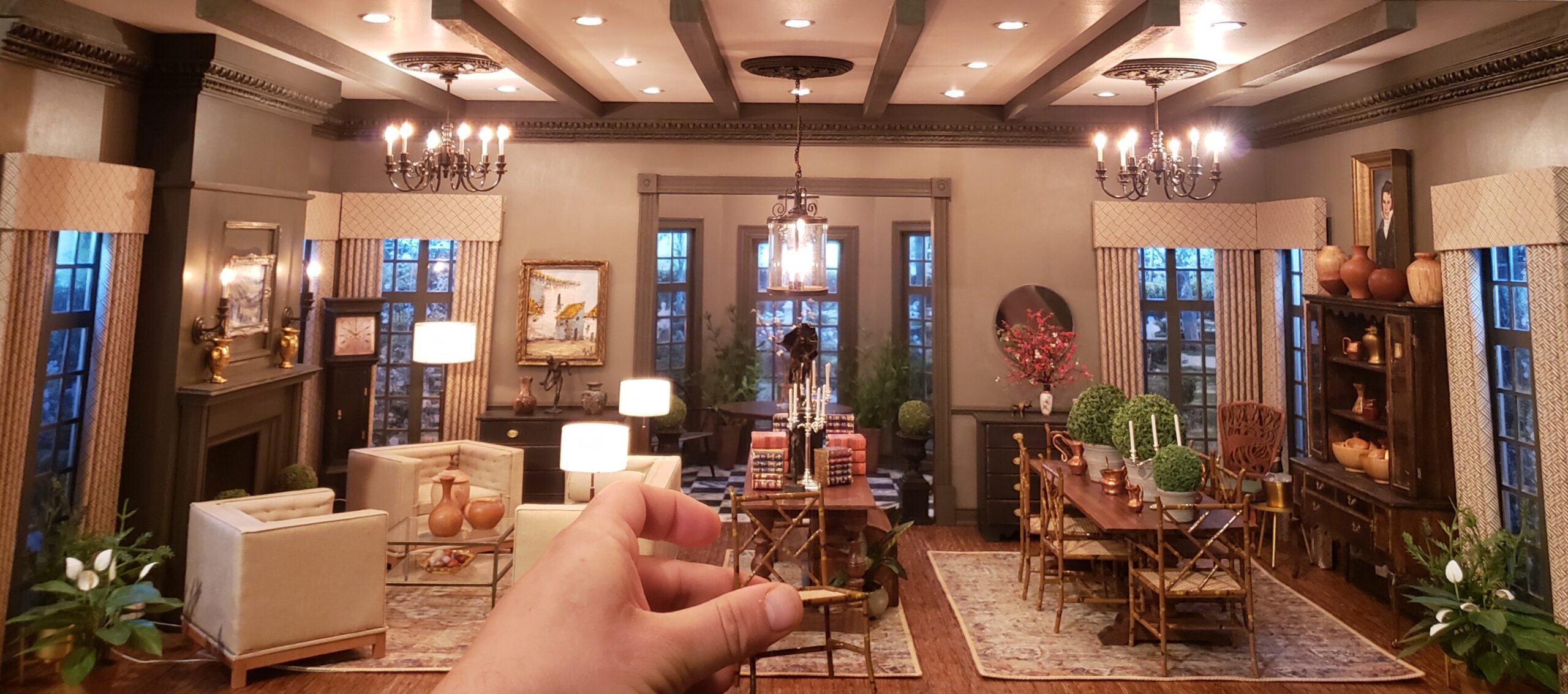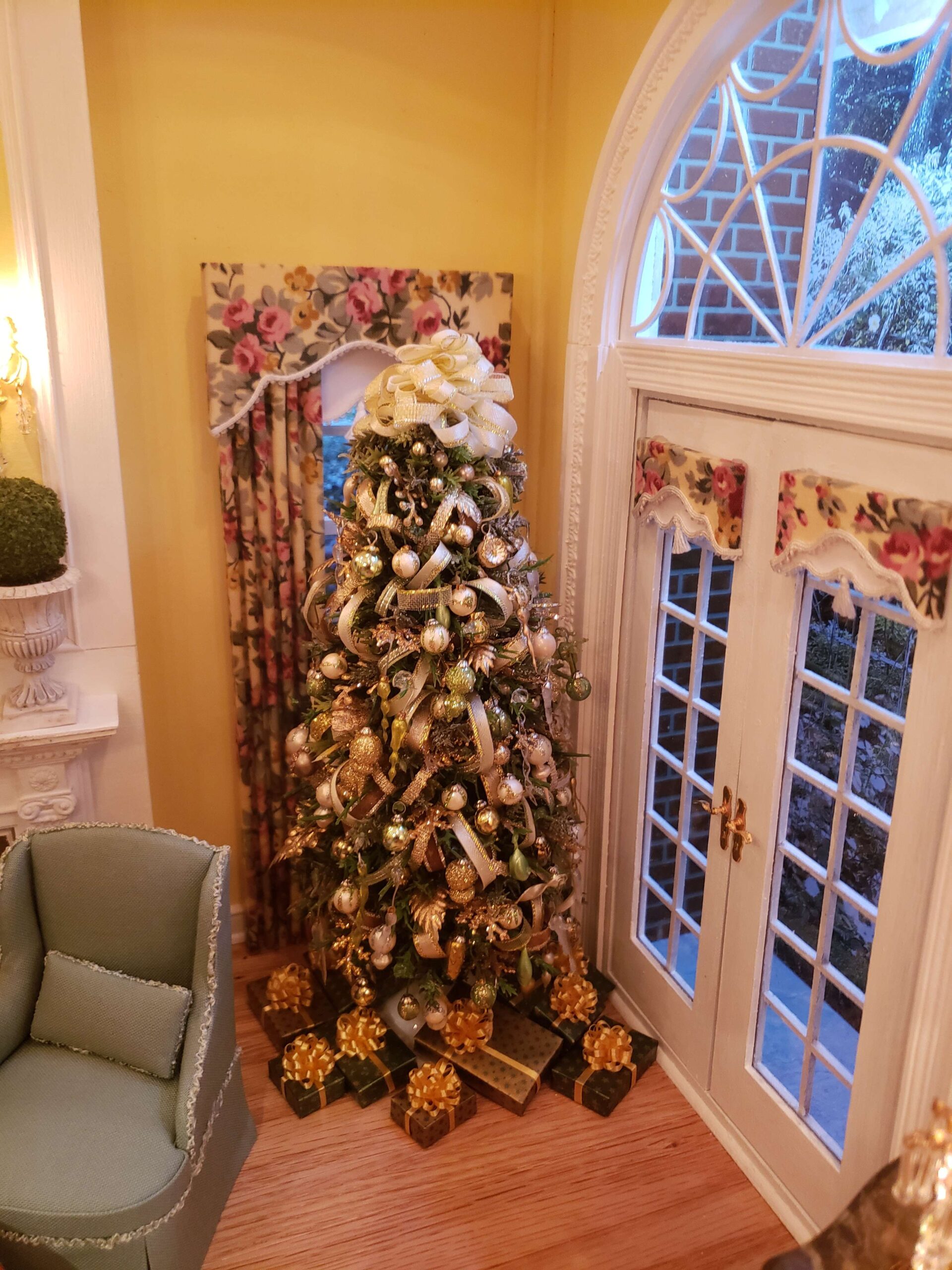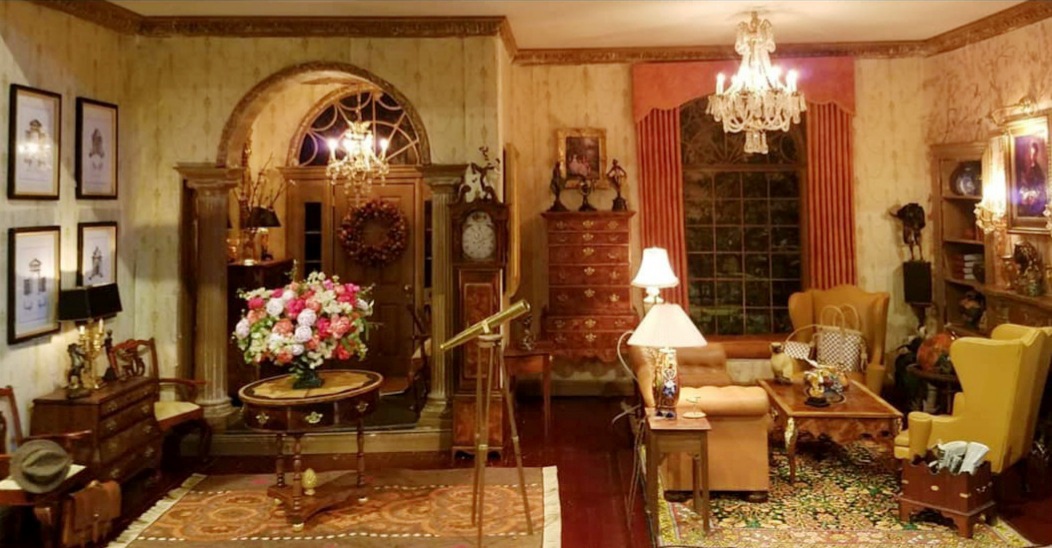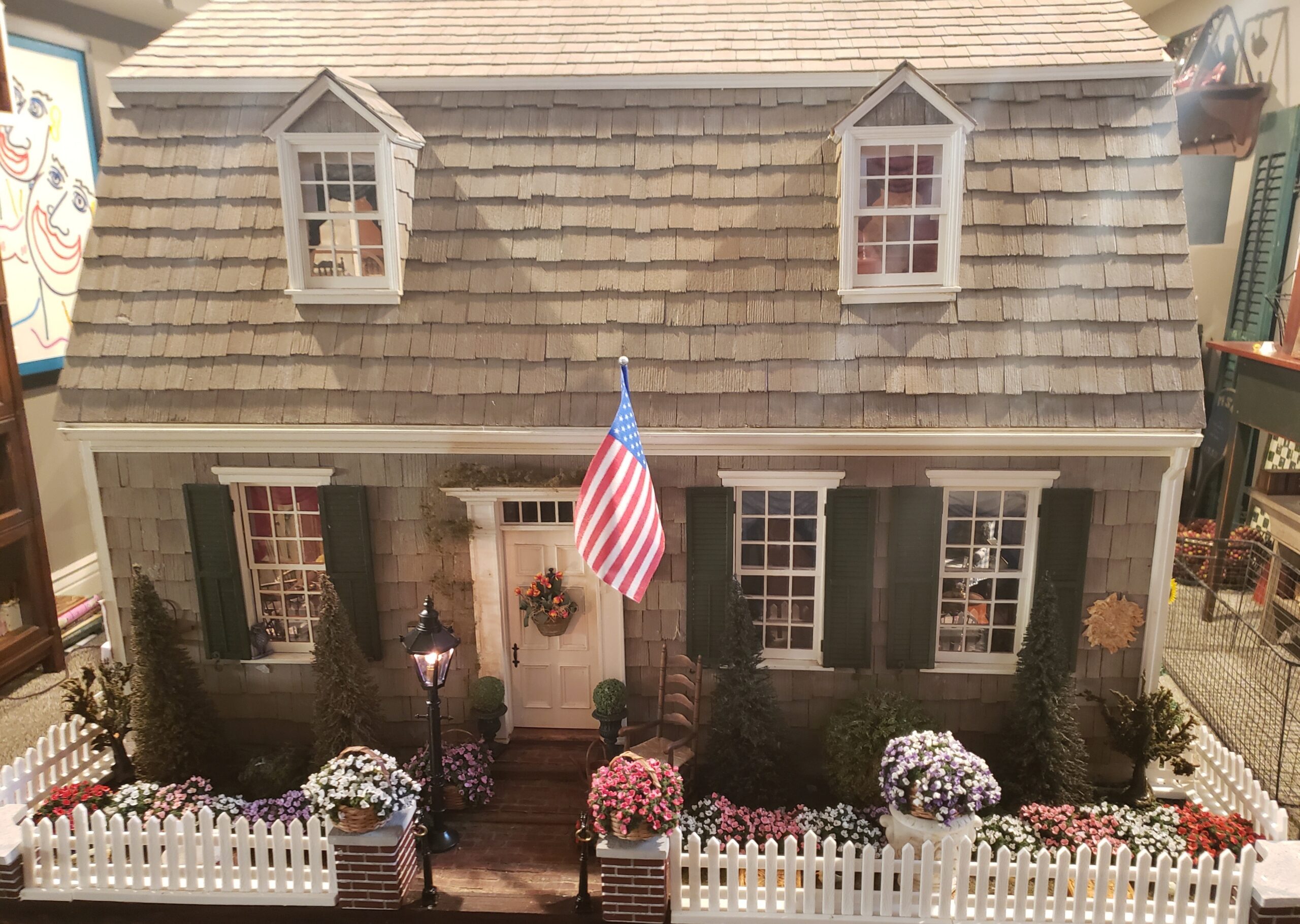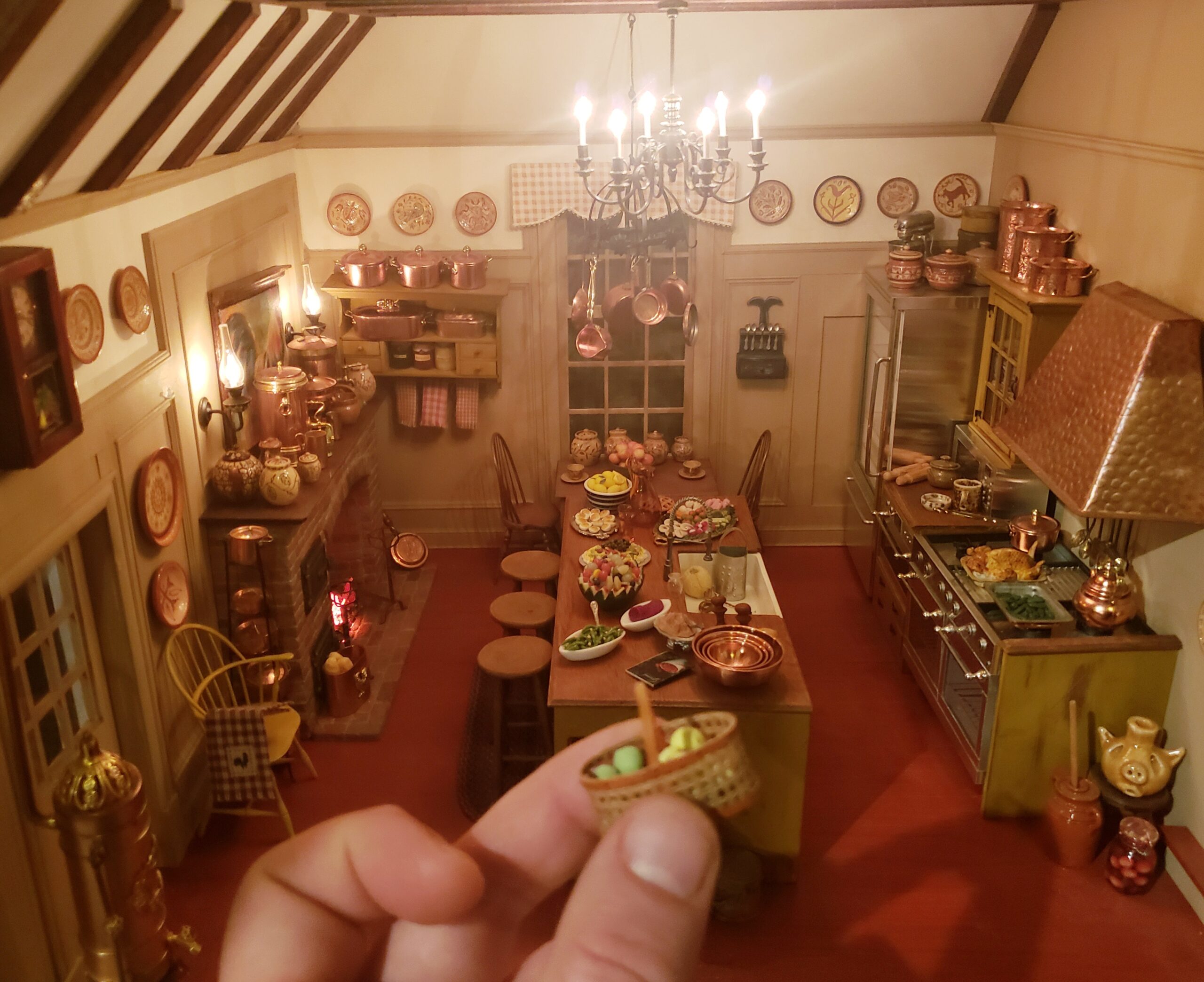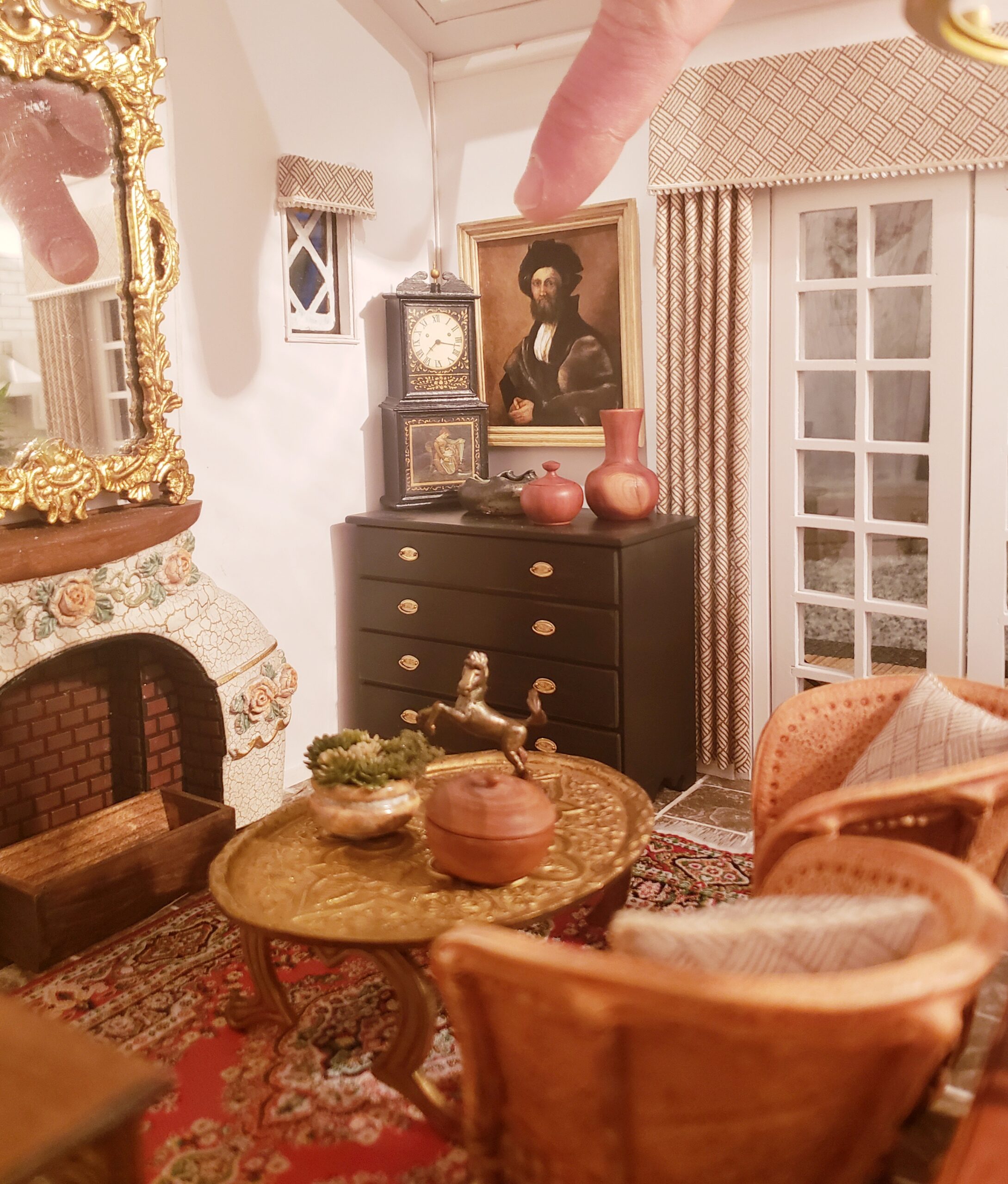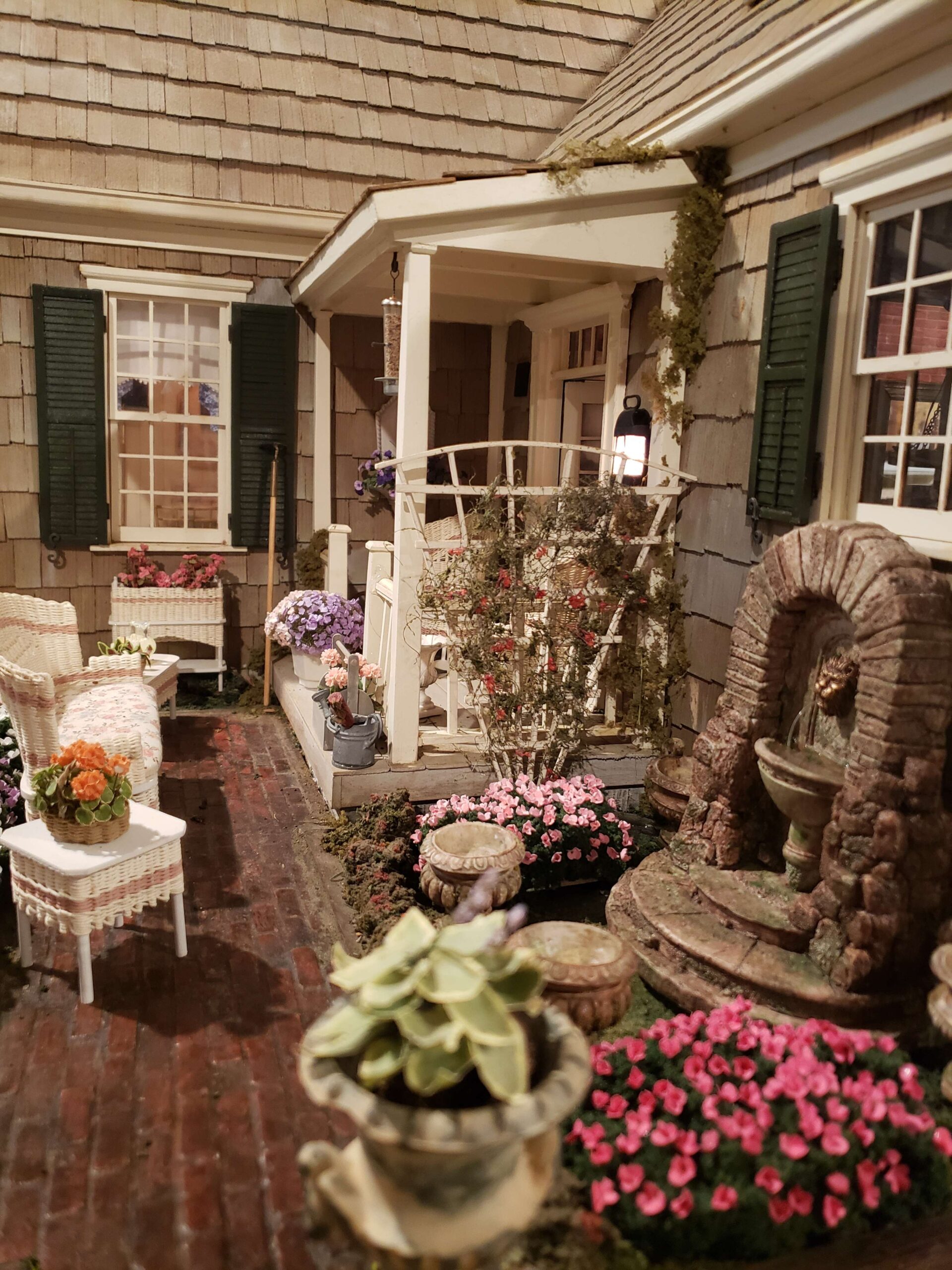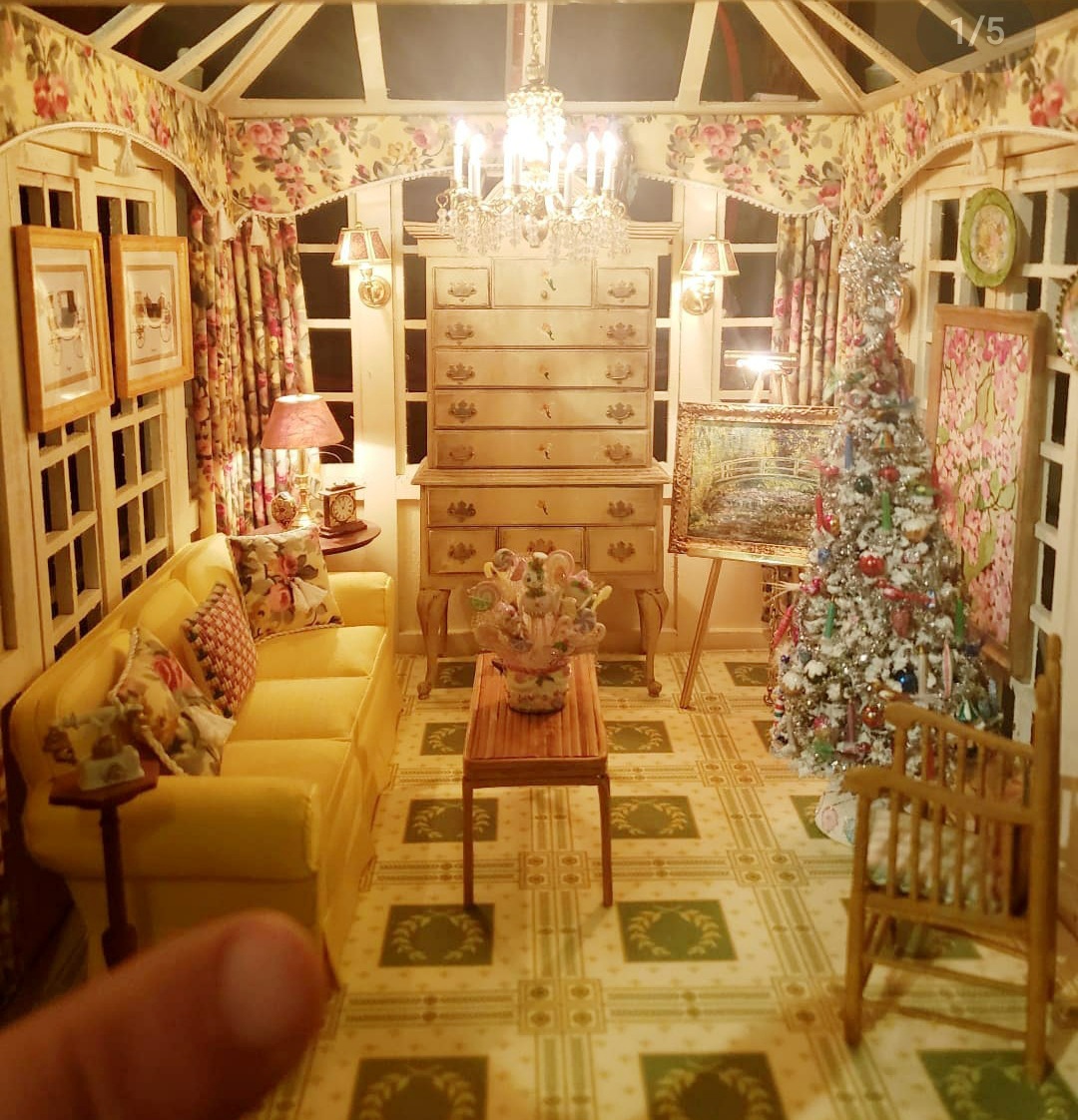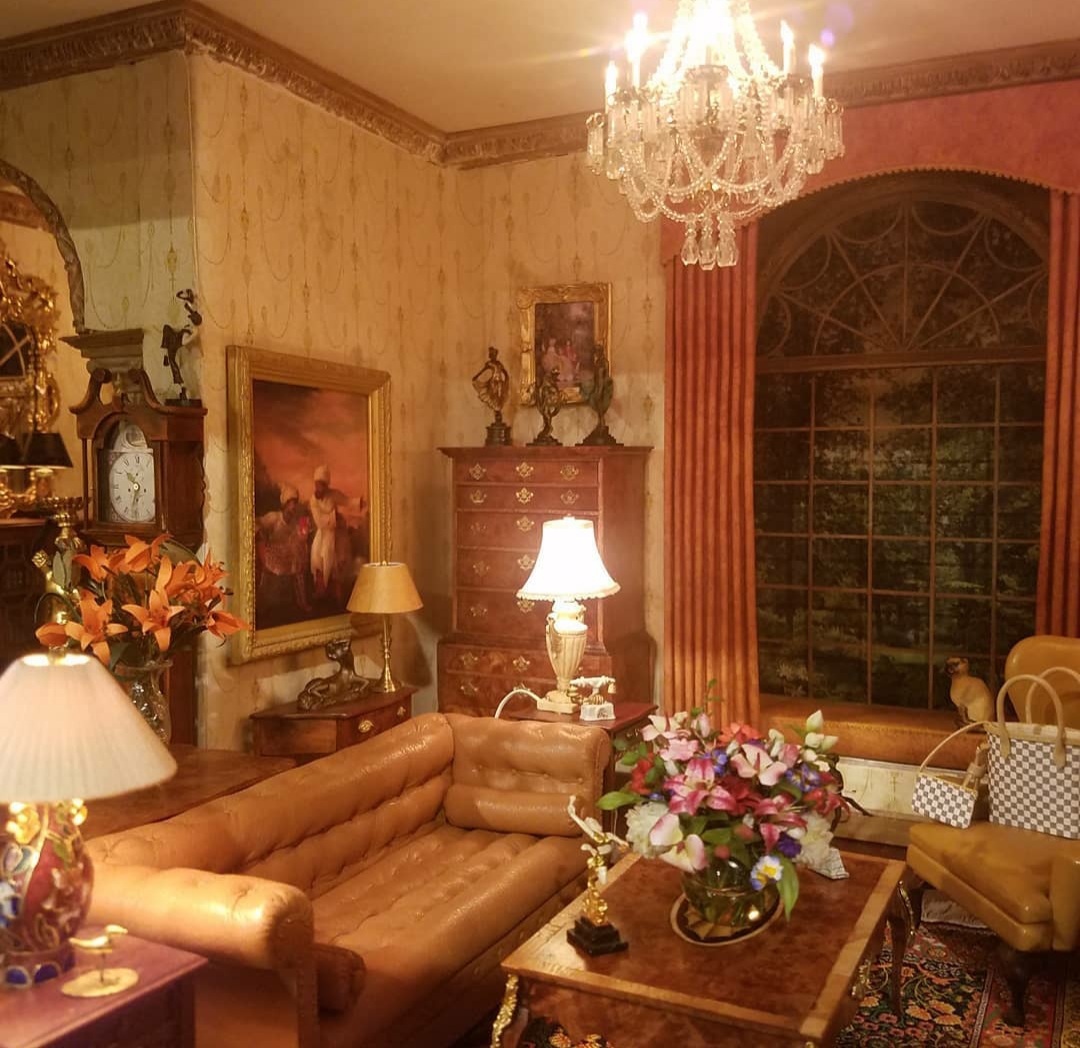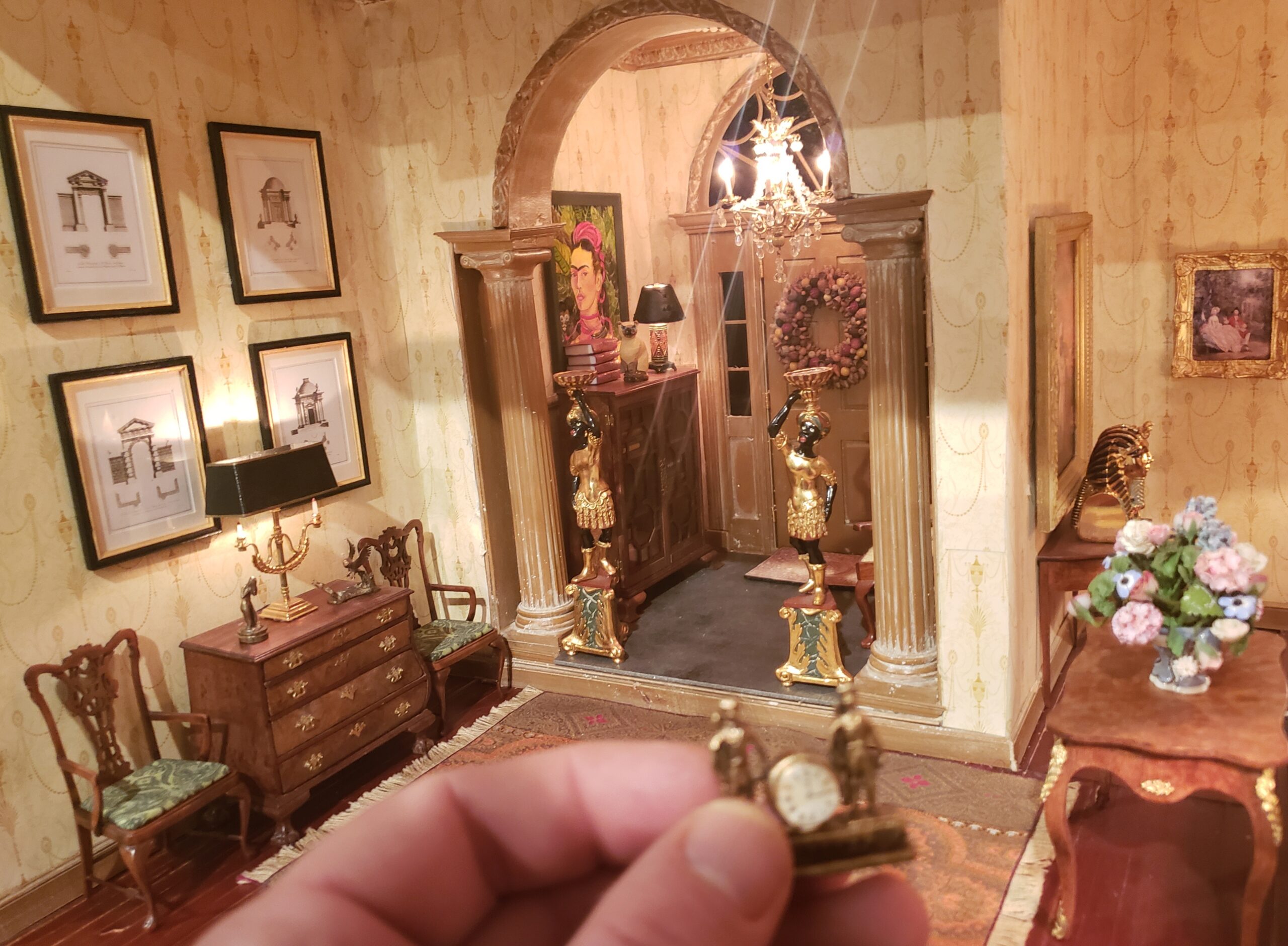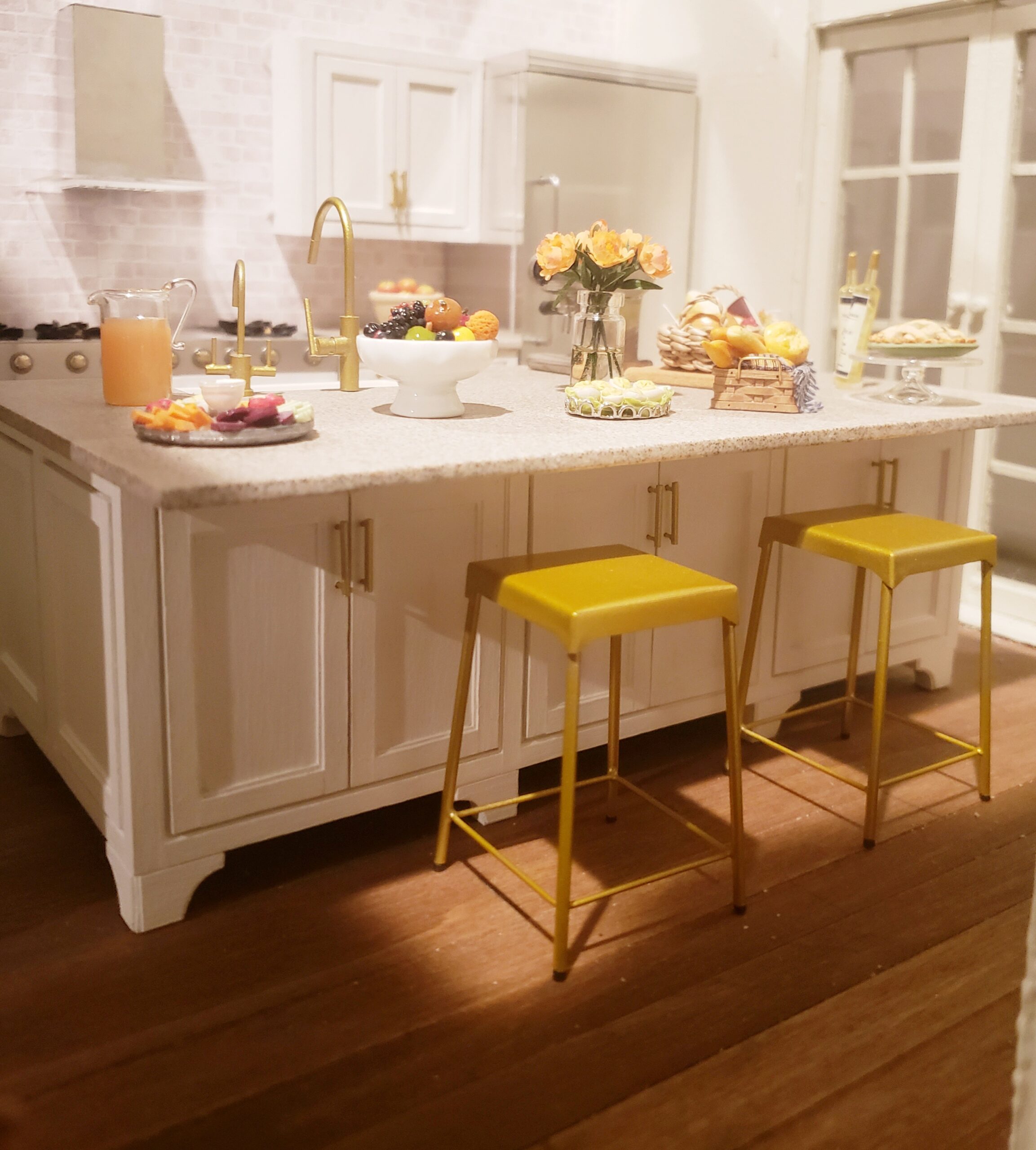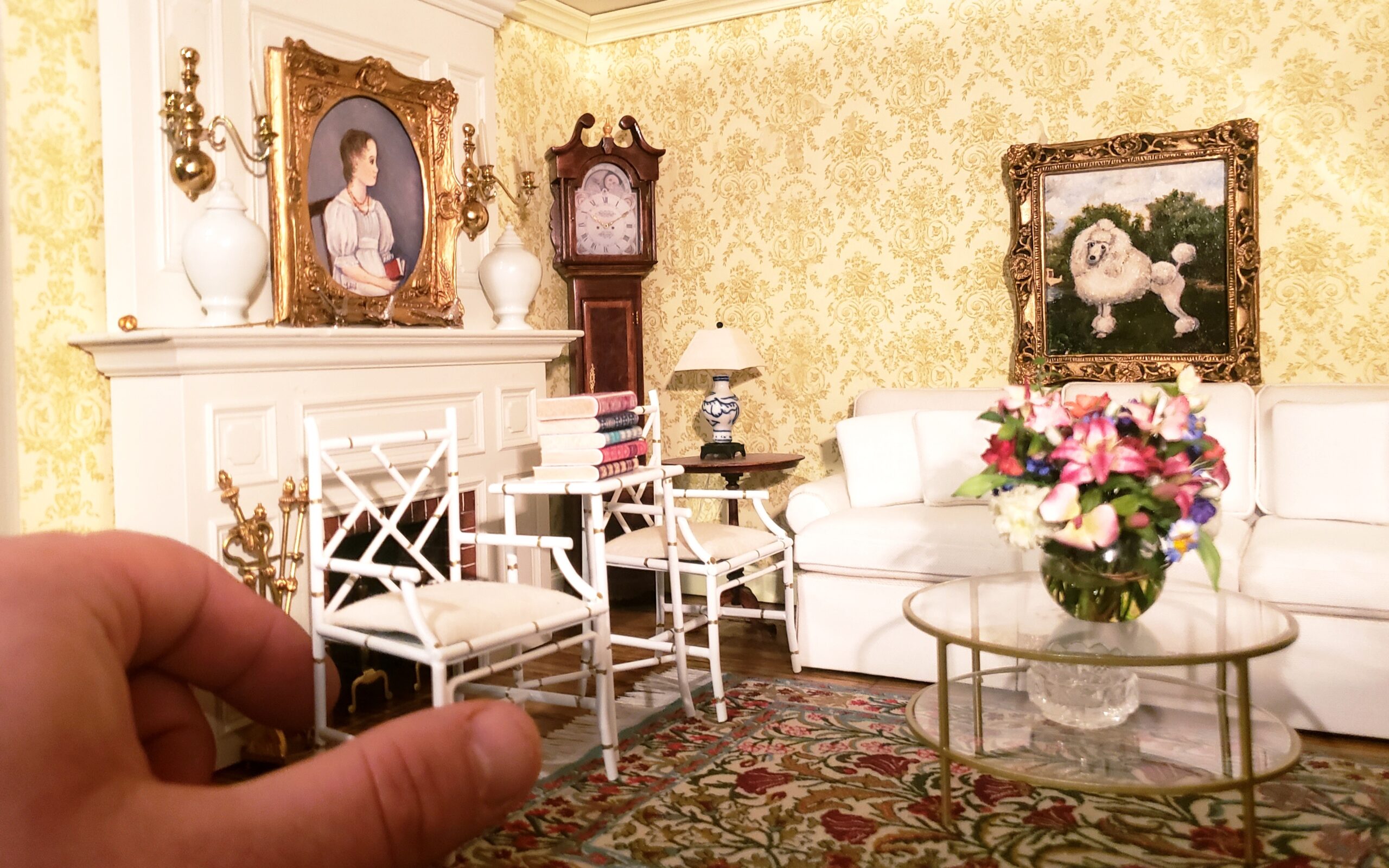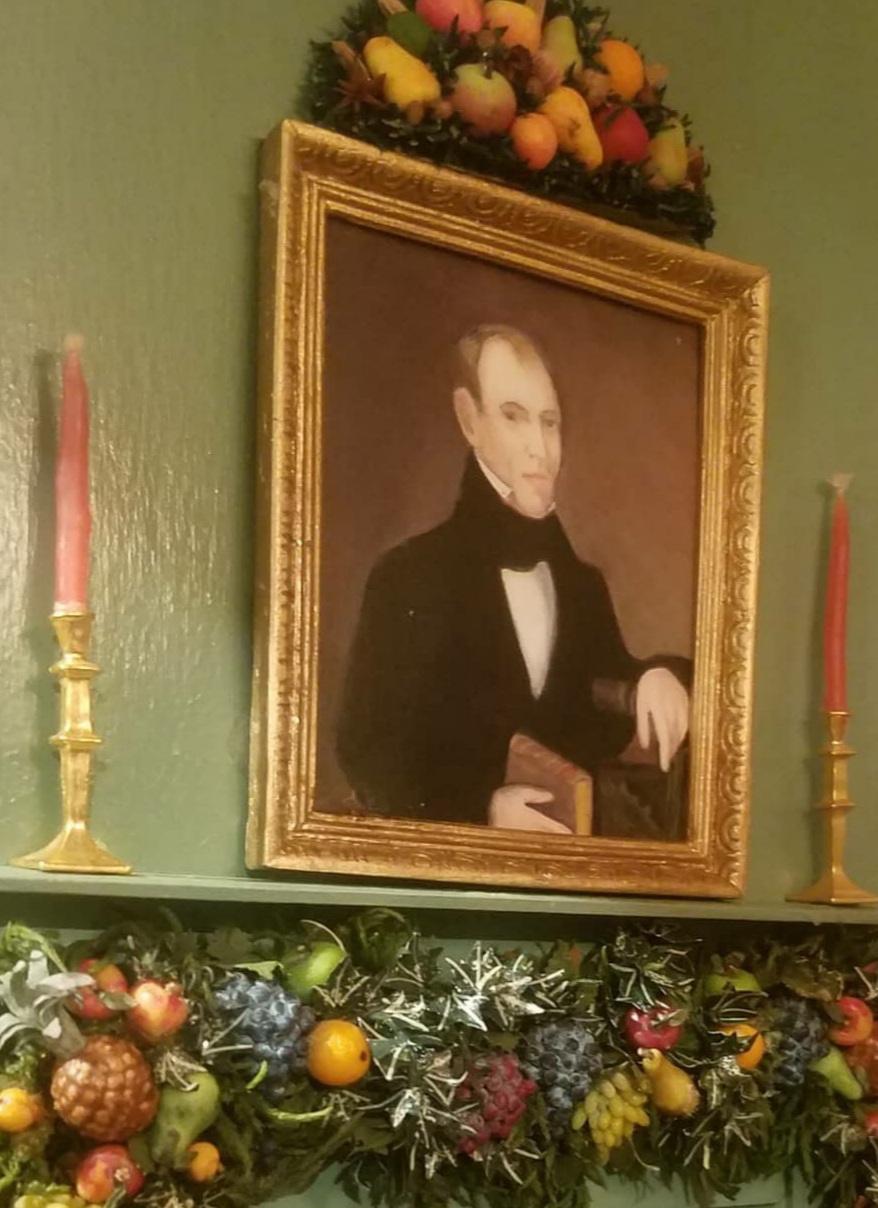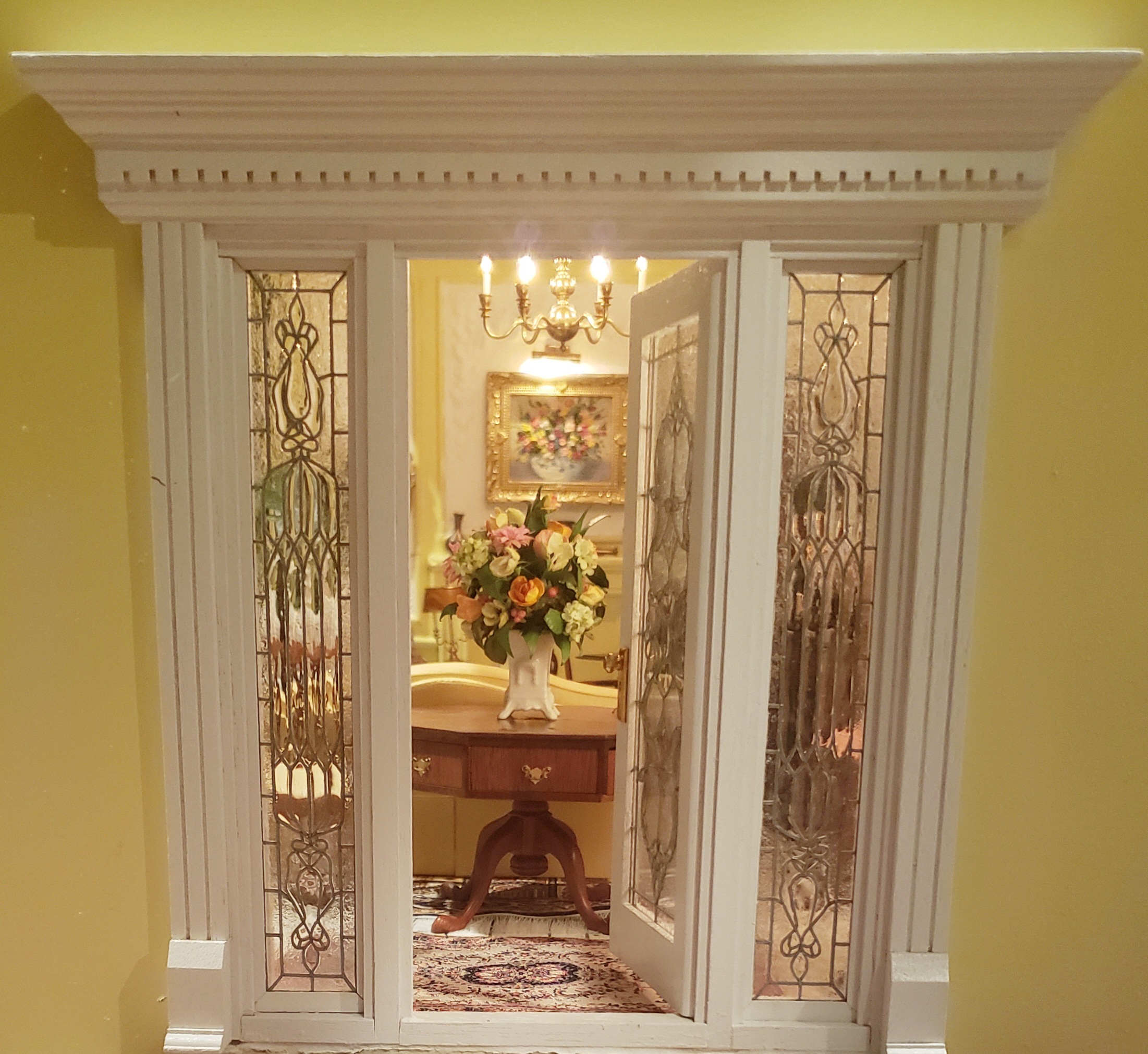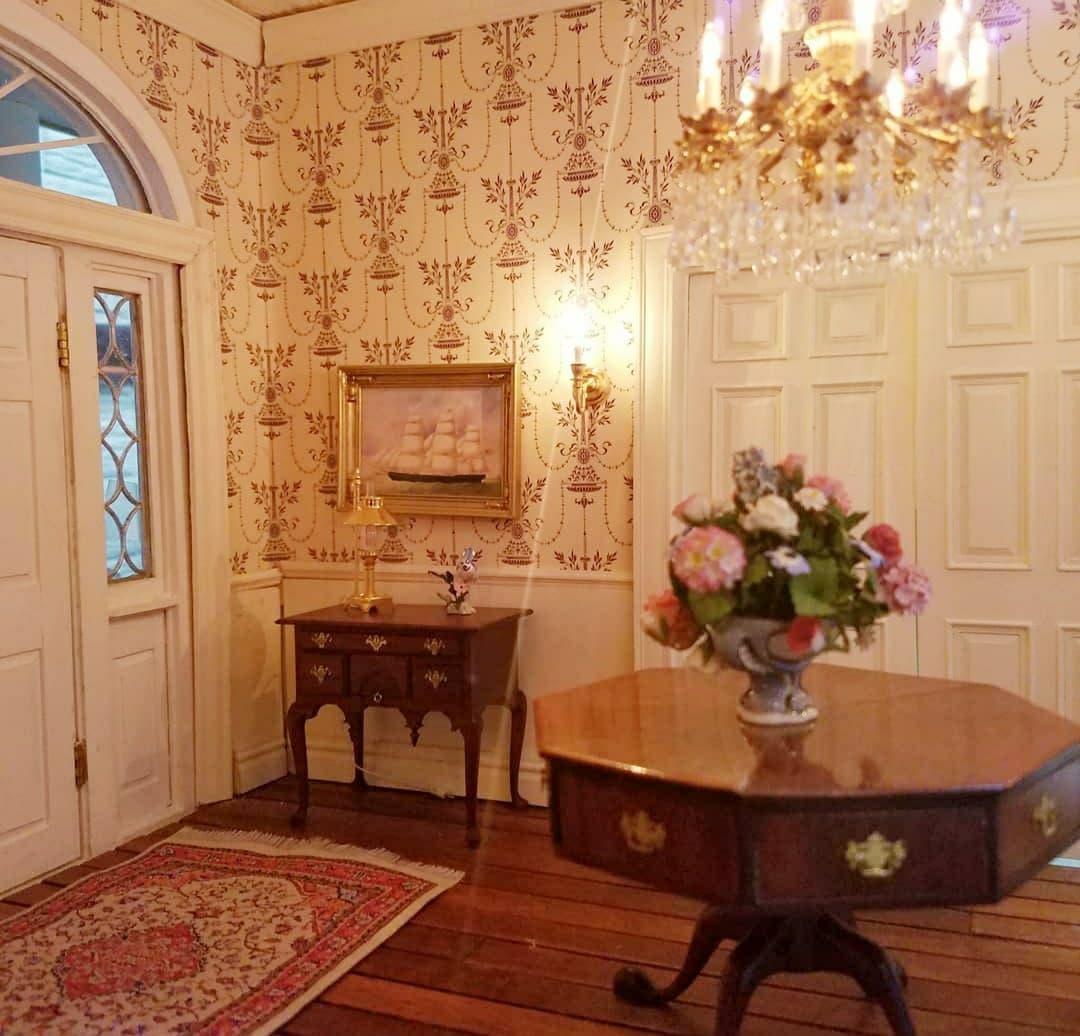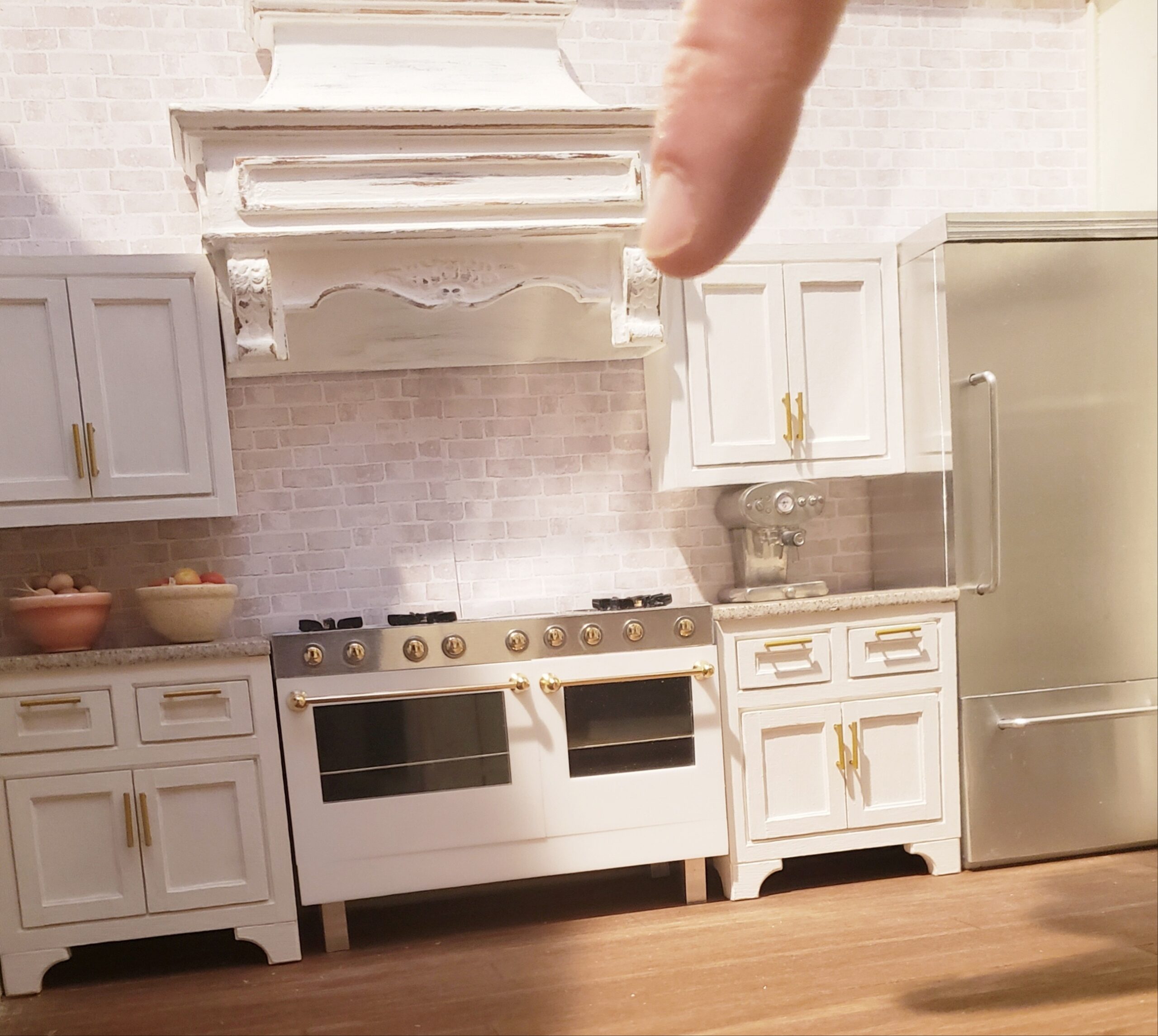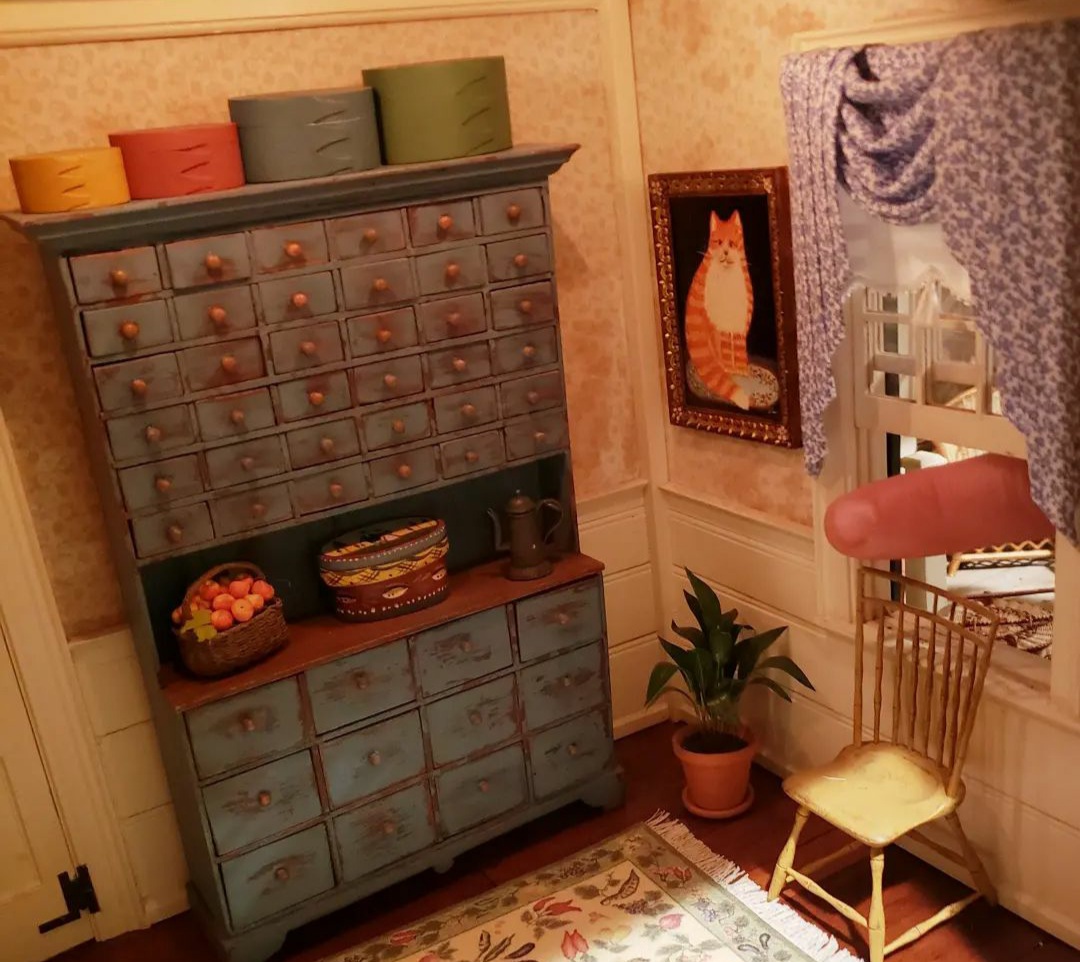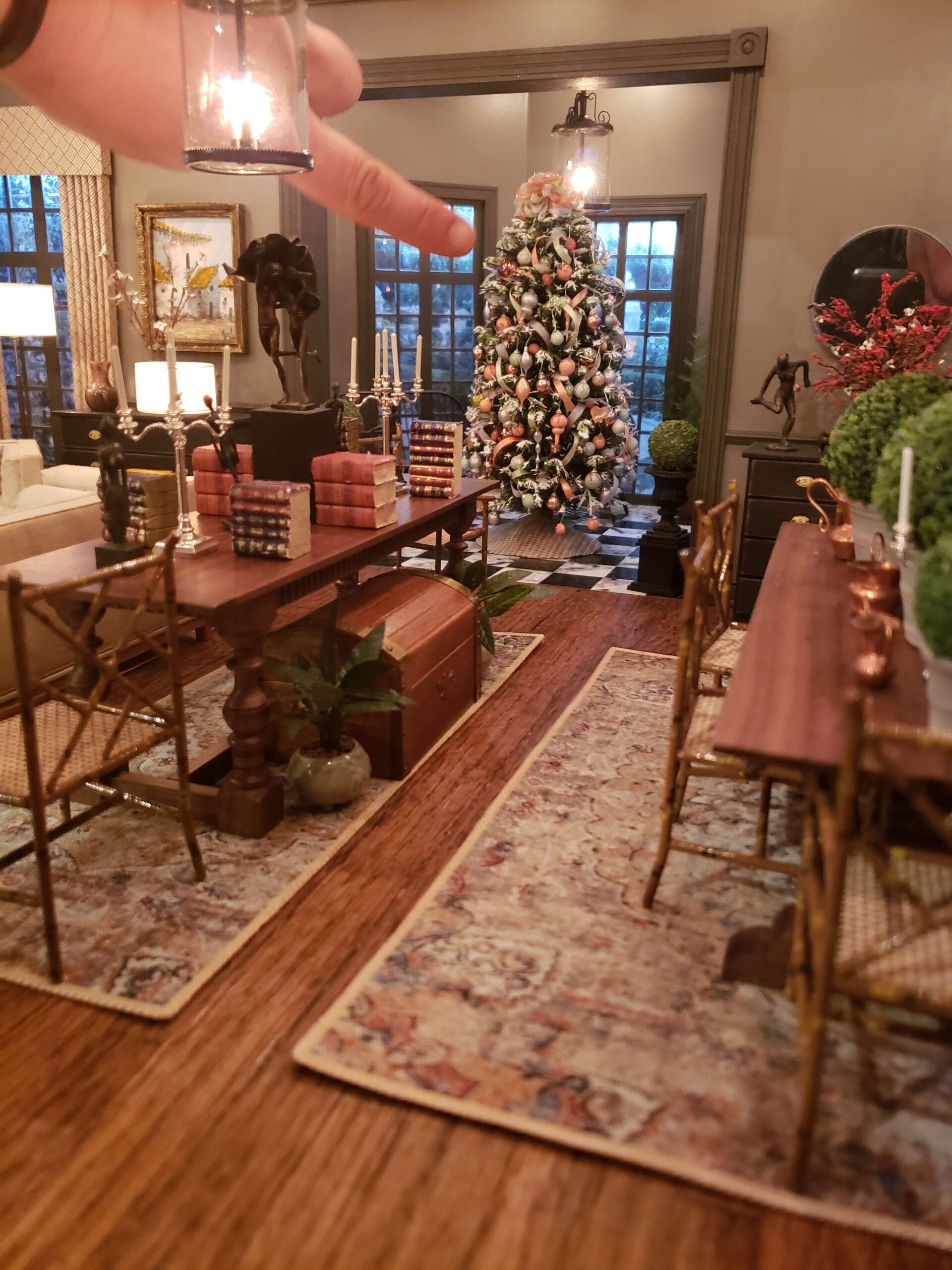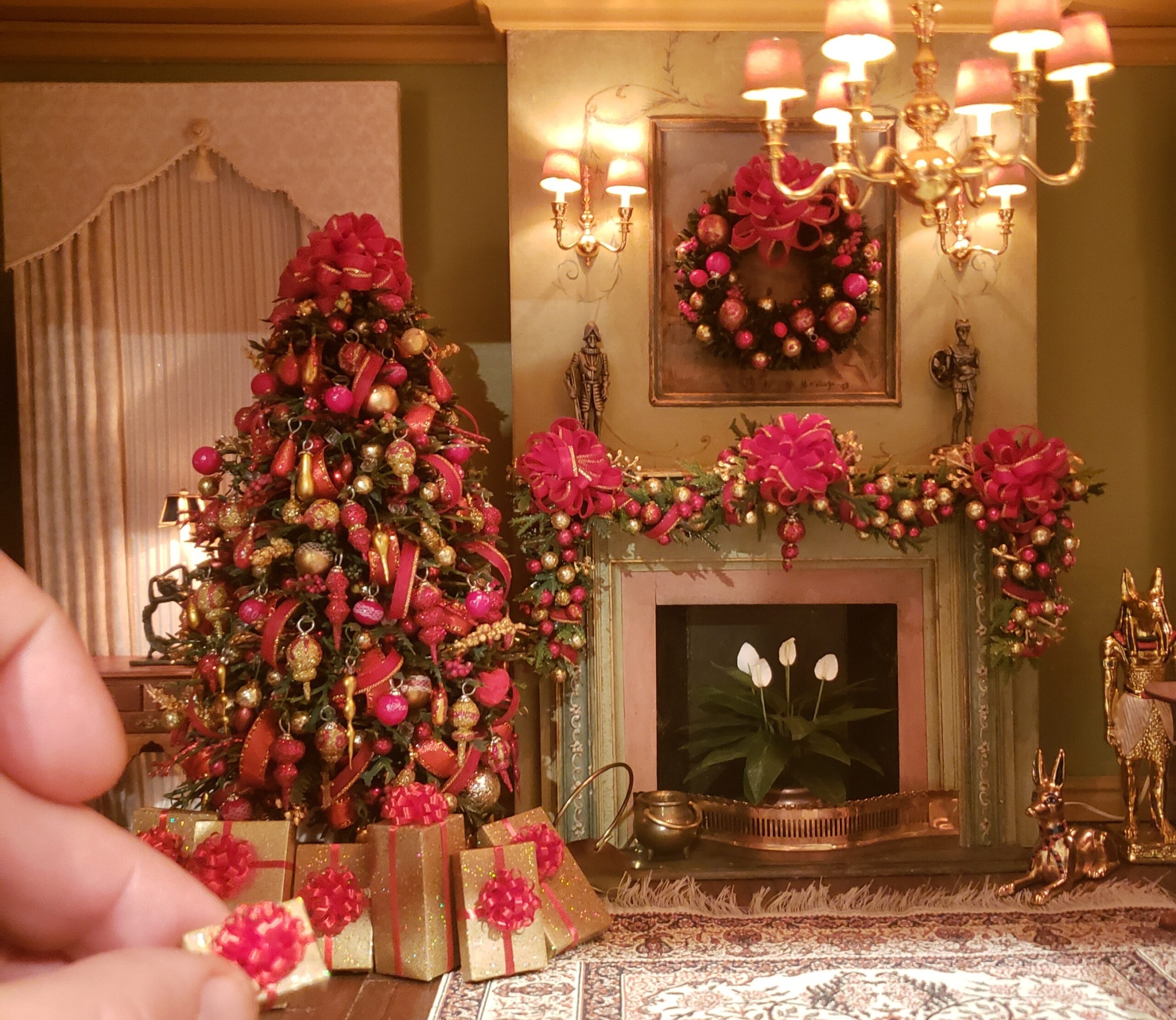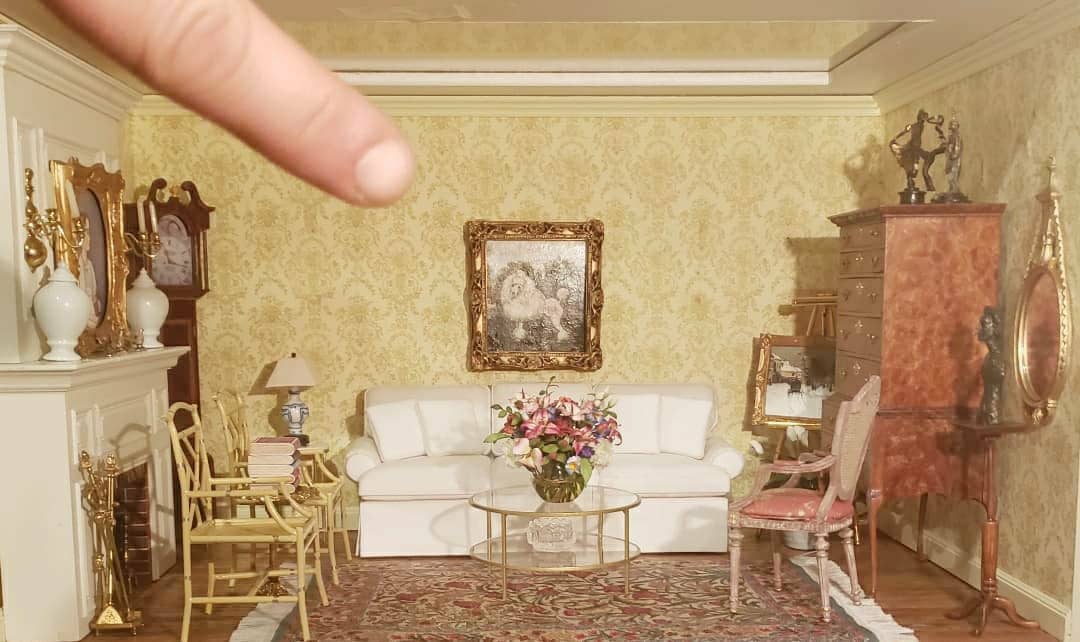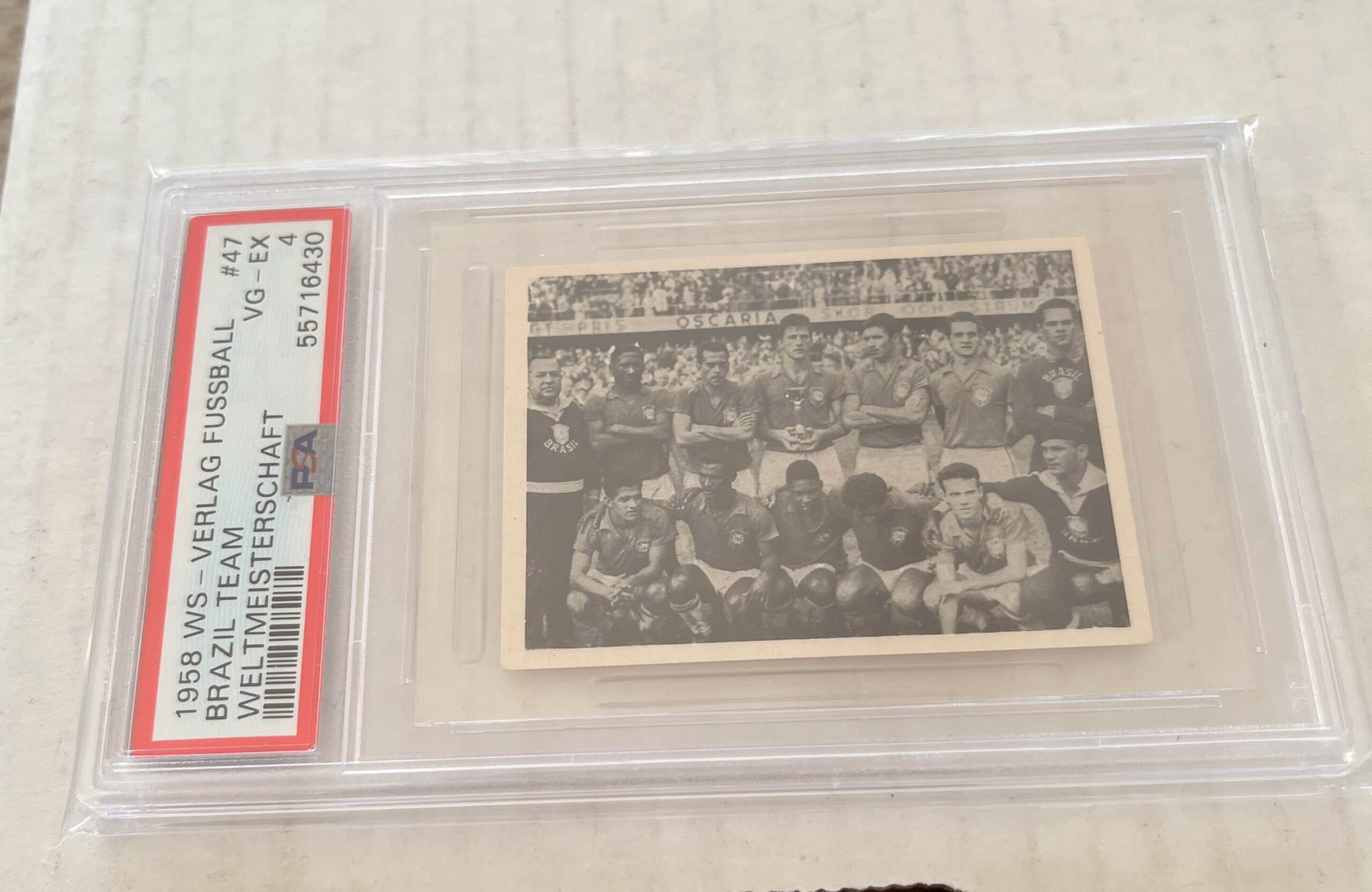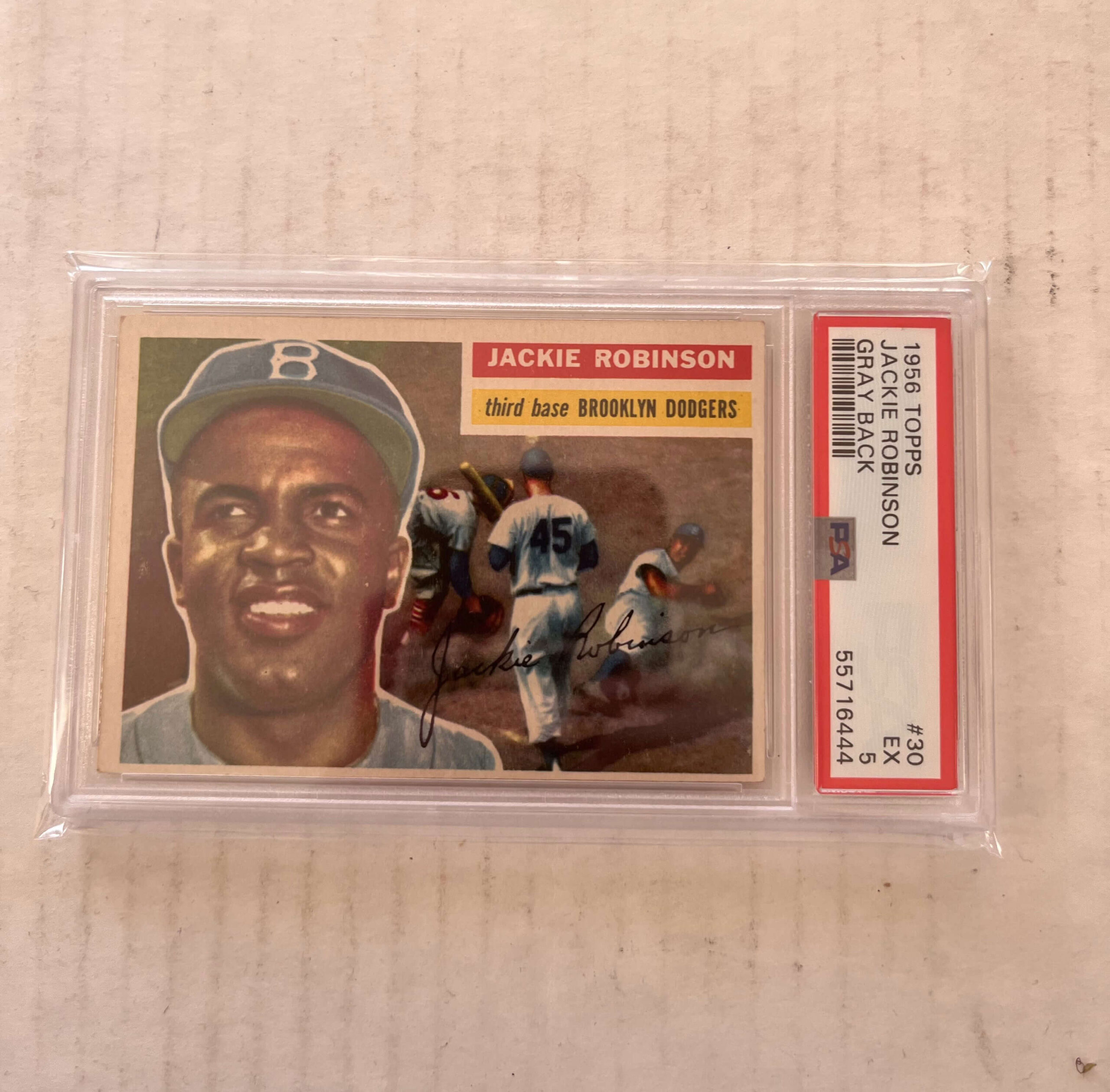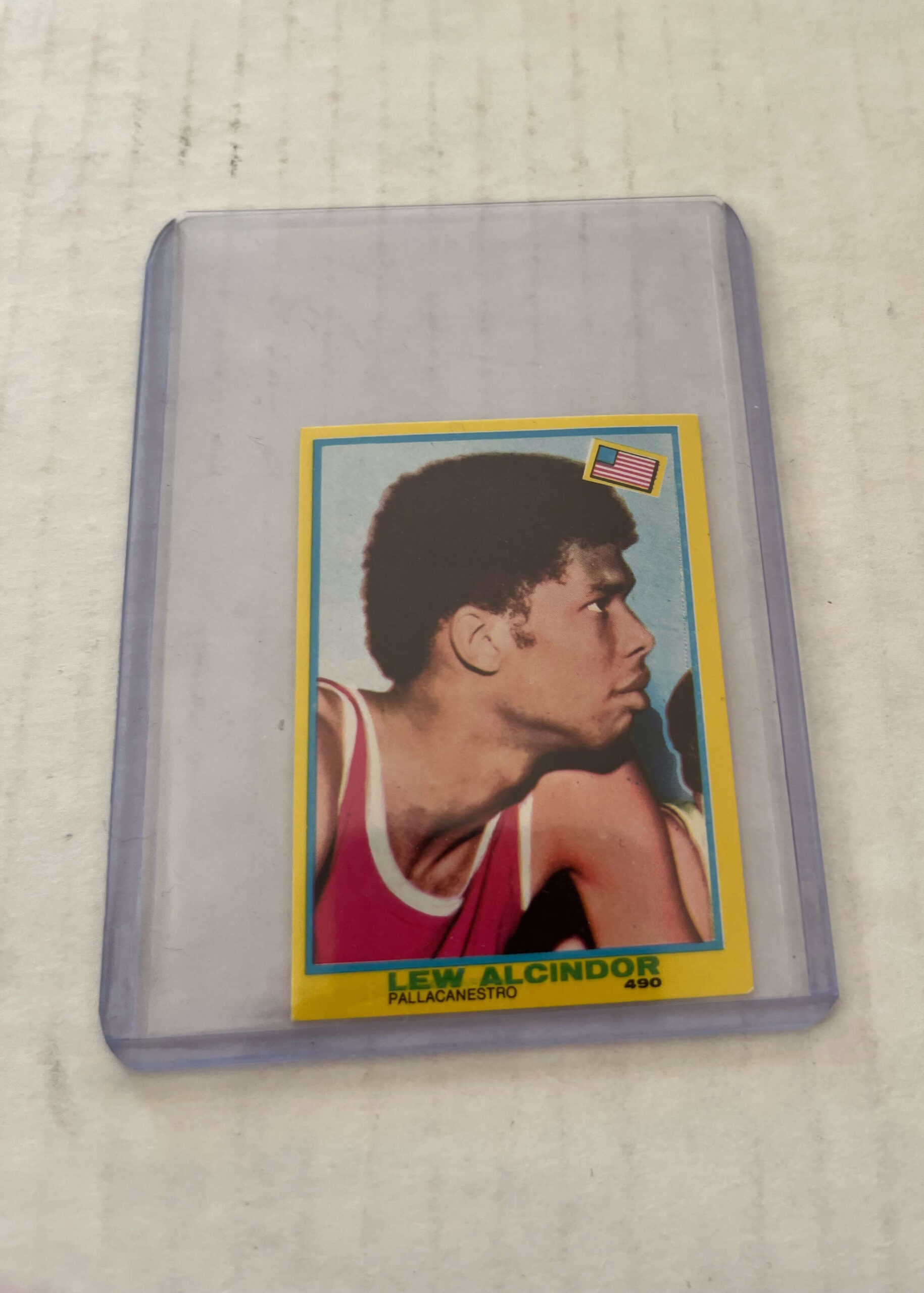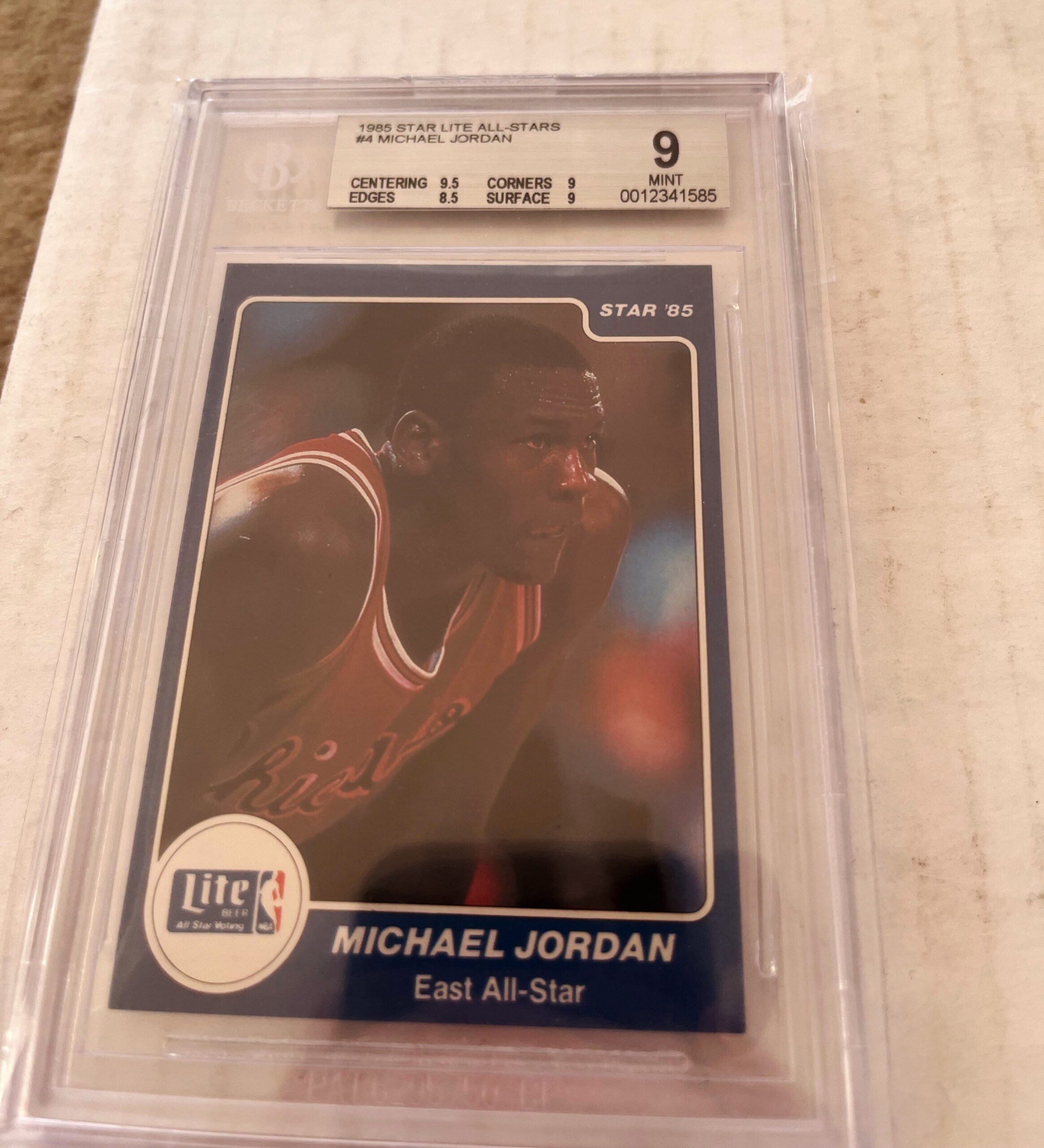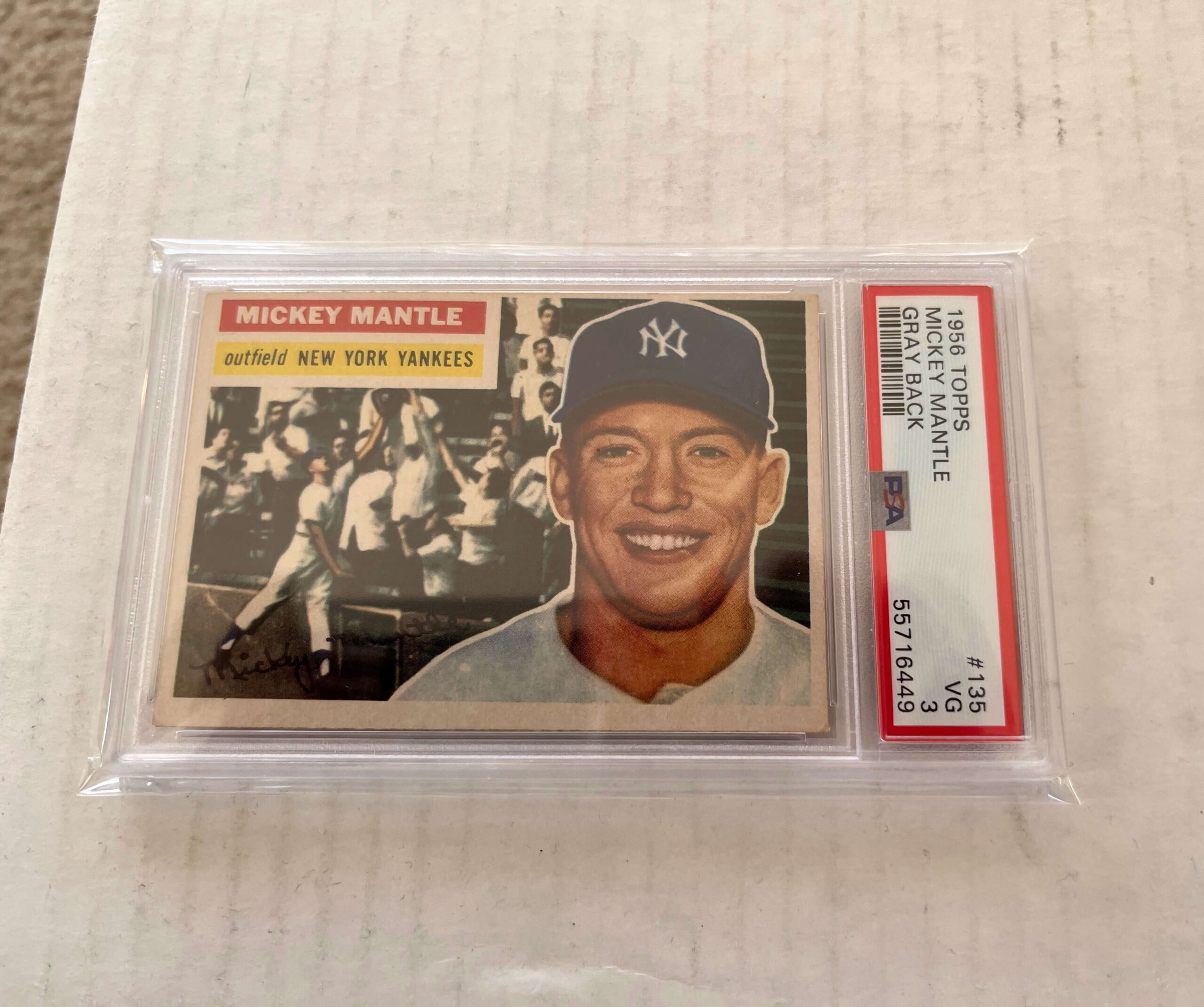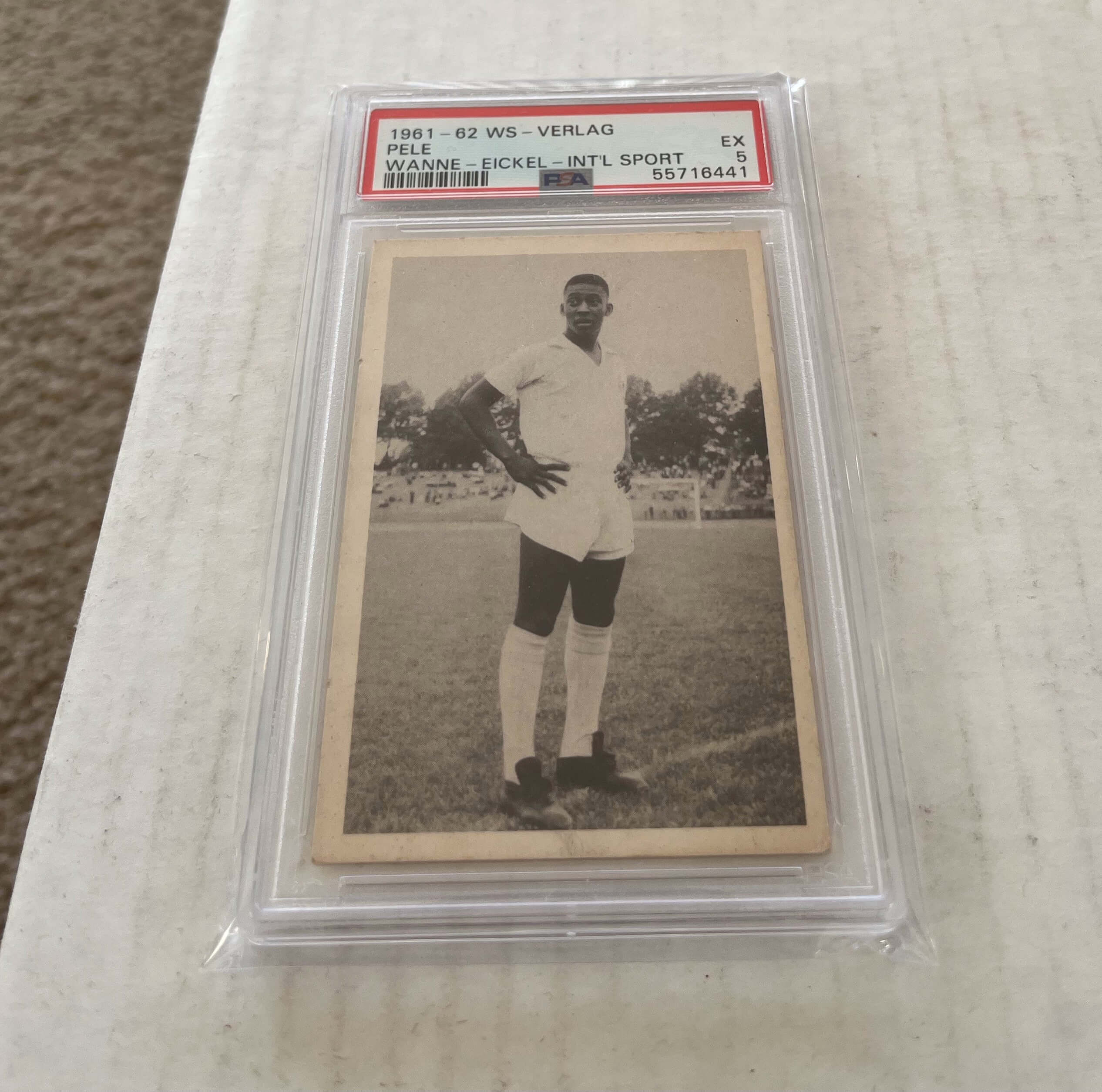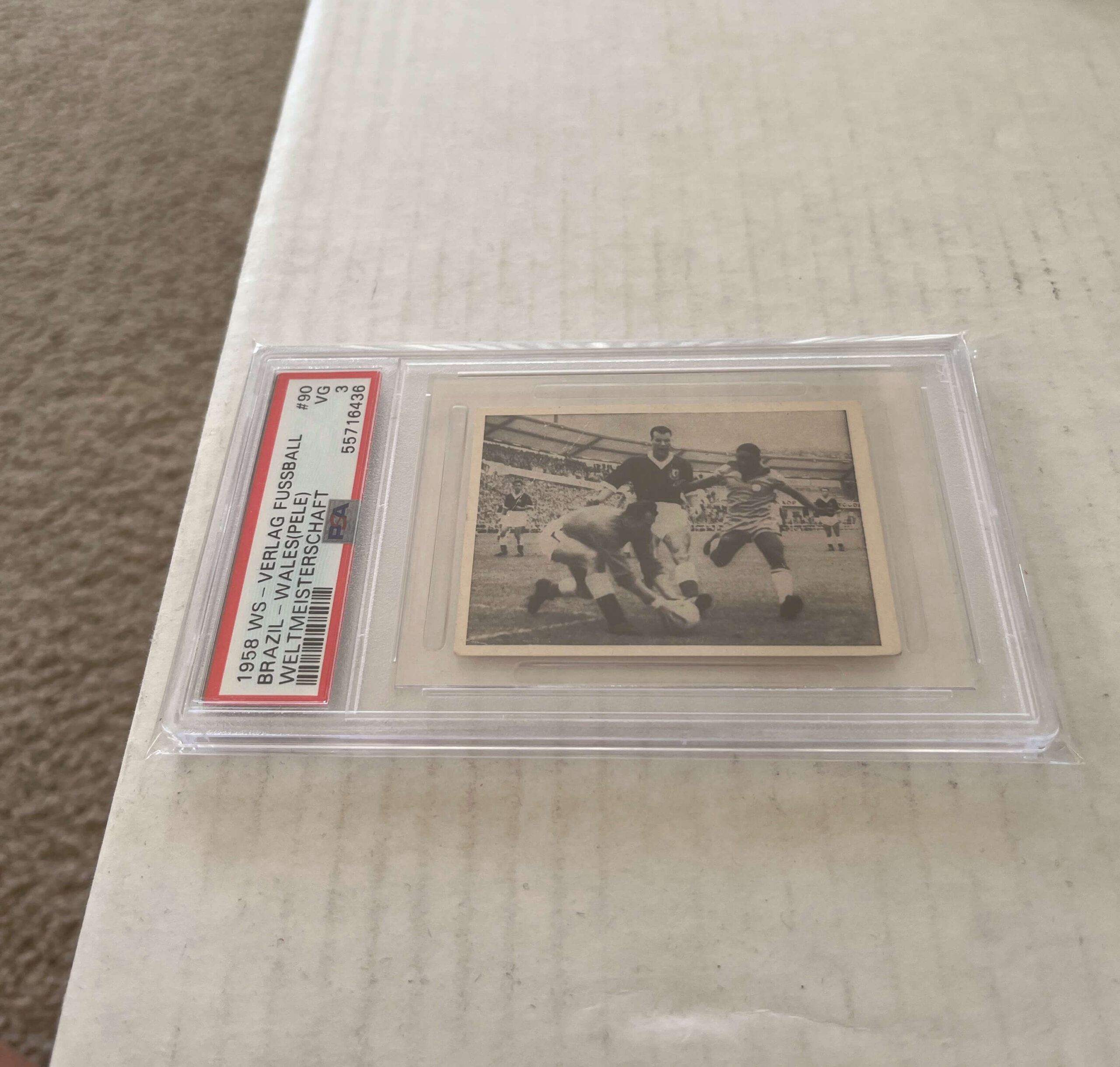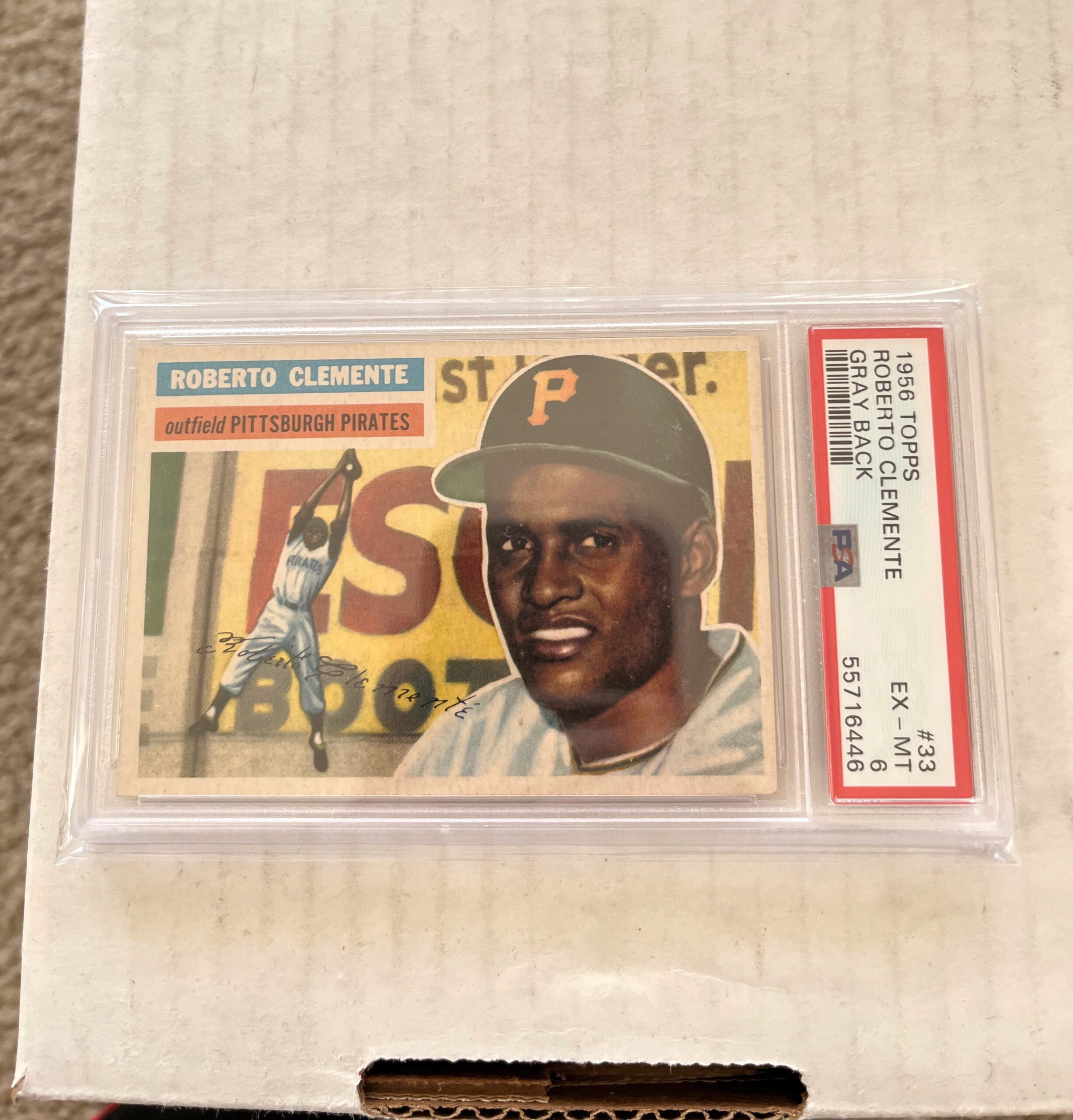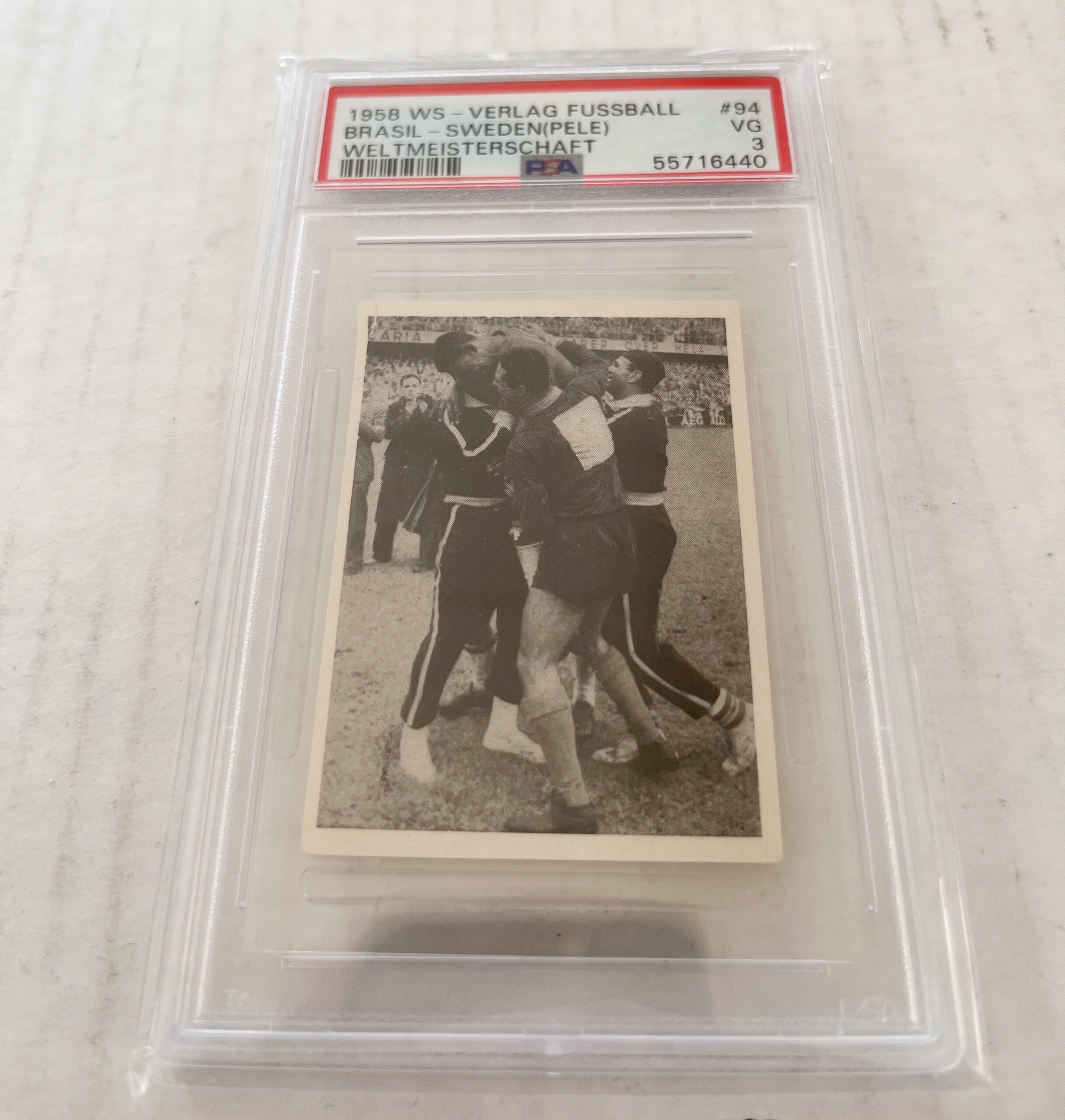“I guess, like most collectors, I have that collector bug!” shares Danny Merced. Danny was about 7 or 8 years old when the Ninja Turtles became a “thing” in the late 80s and early 90s. “Every Saturday morning, I would watch cartoons, and there was a toy line associated with it. It was all I wanted for Christmas from ages 8 to 12!”
As he got older, he lost interest for a time, but he still kept his toys stored away. Then in his late high school years, around the age of 18, his interest returned. He started to fill the gaps with things that he didn’t have as a kid. “I discovered eBay, and my first purchase was buying a turtle toy that was still sealed. That pull of nostalgia is what got me going and keeps me going through the years.”
Today, Danny is collecting Ninja Turtles actions figures, comic books, original artwork, movie props, video games, statues, and the original movies. While the action figure line is where he got his start during childhood, it has since evolved into other things. “I think that collecting Ninja Turtles is a very niche focus,” shares Danny. “Typically, most people have a toy or a comic book collection. There aren’t many Ninja Turtles collectors with such expansive collections that cover all aspects of the hobby.” Another unique feature of his collection is the fact that his earlier, played-with toys are next to sealed collectible items that were purchased much later. “Most collectors I know, their mom threw out their toys at some point!”
The collection has greatly increased in value through the years, and Danny notes that as he has gotten older, it’s gotten much more expensive to collect. “Early on, it wasn’t really expensive because nobody wanted these things. I would spend $10 here and $20 there. The hardest part was just finding things in the first place.” In the past few years, however, when people from the Ninja Turtles era had more disposable income, the value and demand for these items have increased enormously. “There’s no way that I could do the collection now had I not already put in so much time before the values blew up,” Danny shares.
Danny’s favorite piece is an original painting from Teenage Mutant Ninja Turtles Issue #11. “It’s a moody, atmospheric piece,” he shares. “They’ve just suffered a great loss, and the painting really captures this sense of loss. When I acquired this one-of-a-kind painting from the family of the original artist, I had just suffered a loss as well. My dad had passed very abruptly at a young age. Shortly after, this painting became available, and I had to grab it. It’s one of those items I will never part with.” Besides the personal connection, this piece is very rare and valuable in its own right, making it extra special to Danny.
Another notable item in the collection is movie prop arms from Donatello from the third Ninja Turtles movie. “Movie props, especially those from the old Jim Henson days, fall apart. So it’s really cool that I was able to procure these arms! They catch the eye – they are one of my neater items!” shares Danny.
Danny’s favorite part of the collection is the original comic book, video game, and VHS artwork. “All of the art I collect is one-of-a-kind. But the pieces of cover art, especially the large paintings, are truly special. Those are the items that I most actively collect now, but they are near impossible to find. You can’t duplicate original artwork. The toys and video games – anyone else can find an equal one. But the art is neat because nobody can quite build a collection like I have. That’s what makes it personal to me!”
Danny’s collection is stored in a secure place in his home. “I used to put everything away, but now I like to have everything around me to enjoy.” Having his collection on display had another positive outcome – Danny was able to see all that he had amassed through the years and evaluate what he really wanted to keep. “I was able to convert items I didn’t want into items I did want. It helped me focus on items like the artwork. I like to free up the space for things that are more meaningful!”







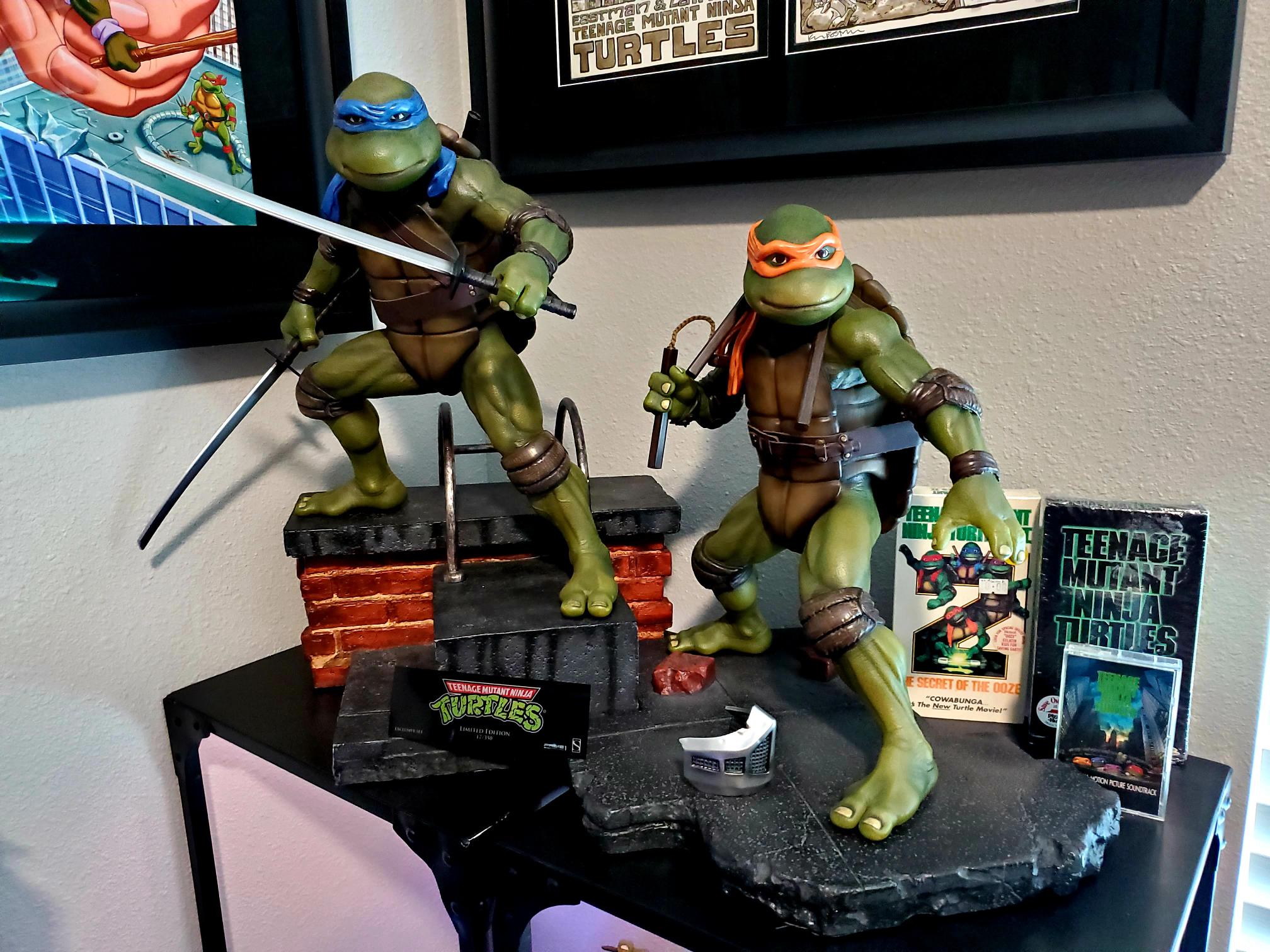
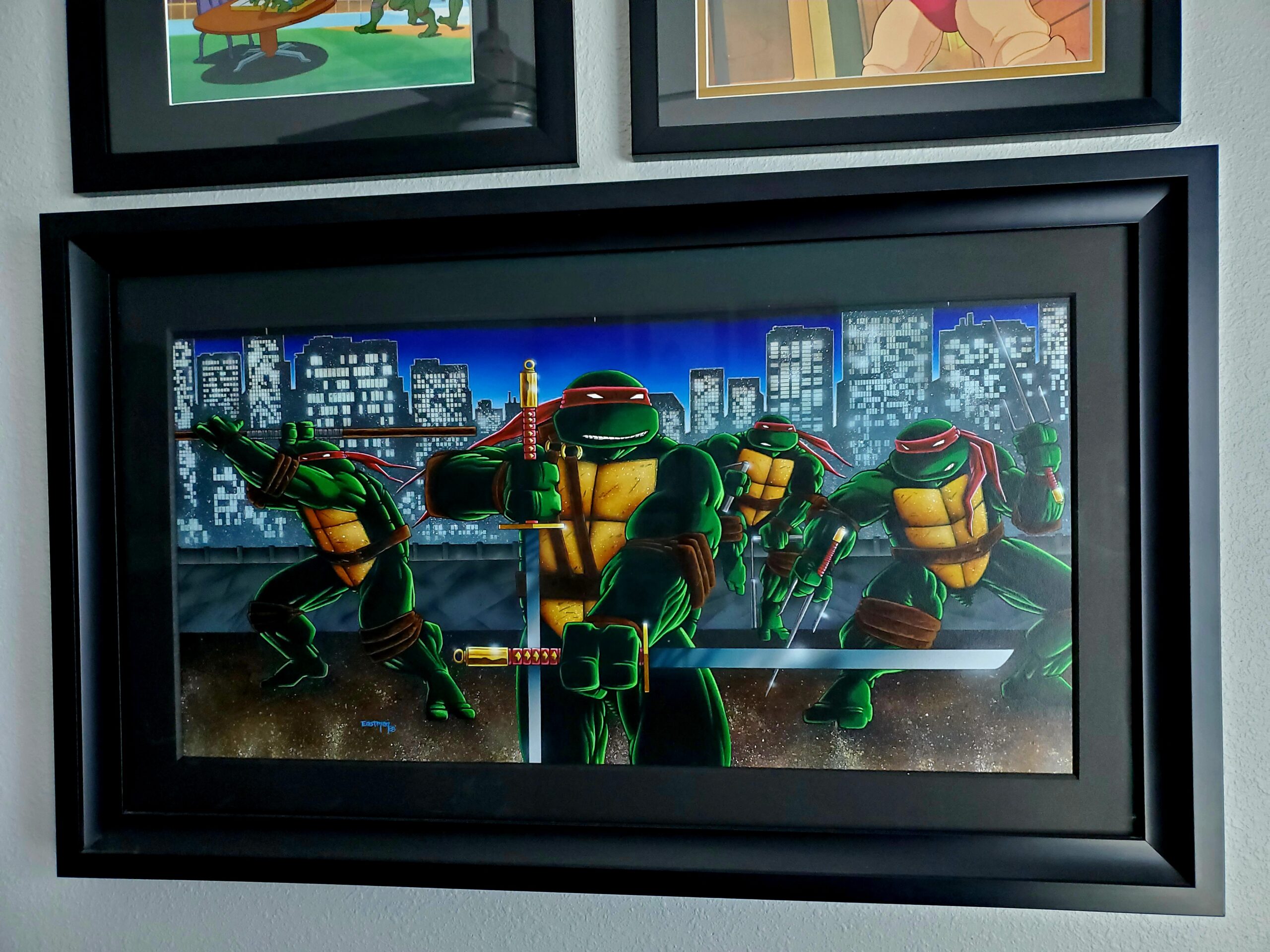
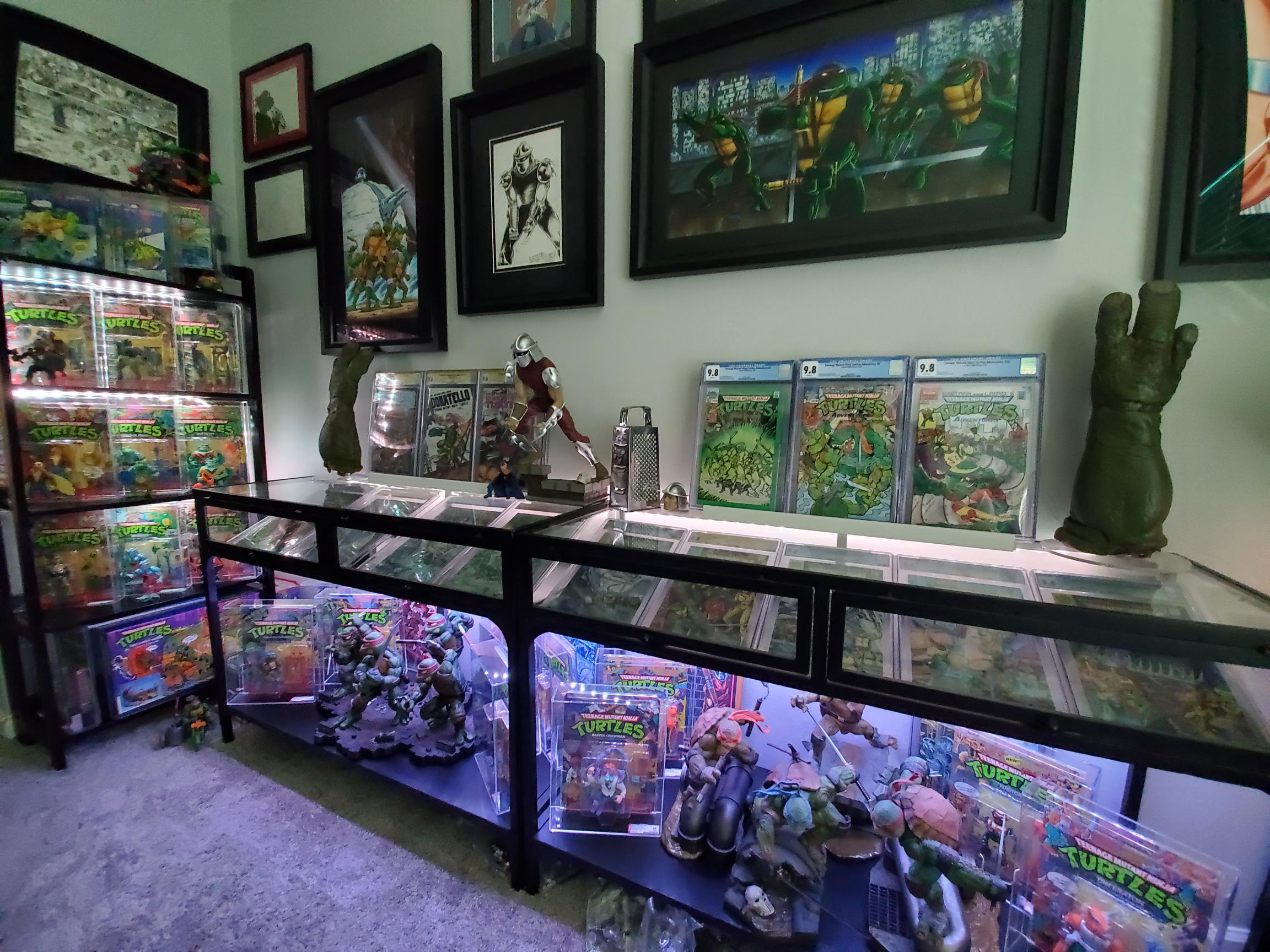
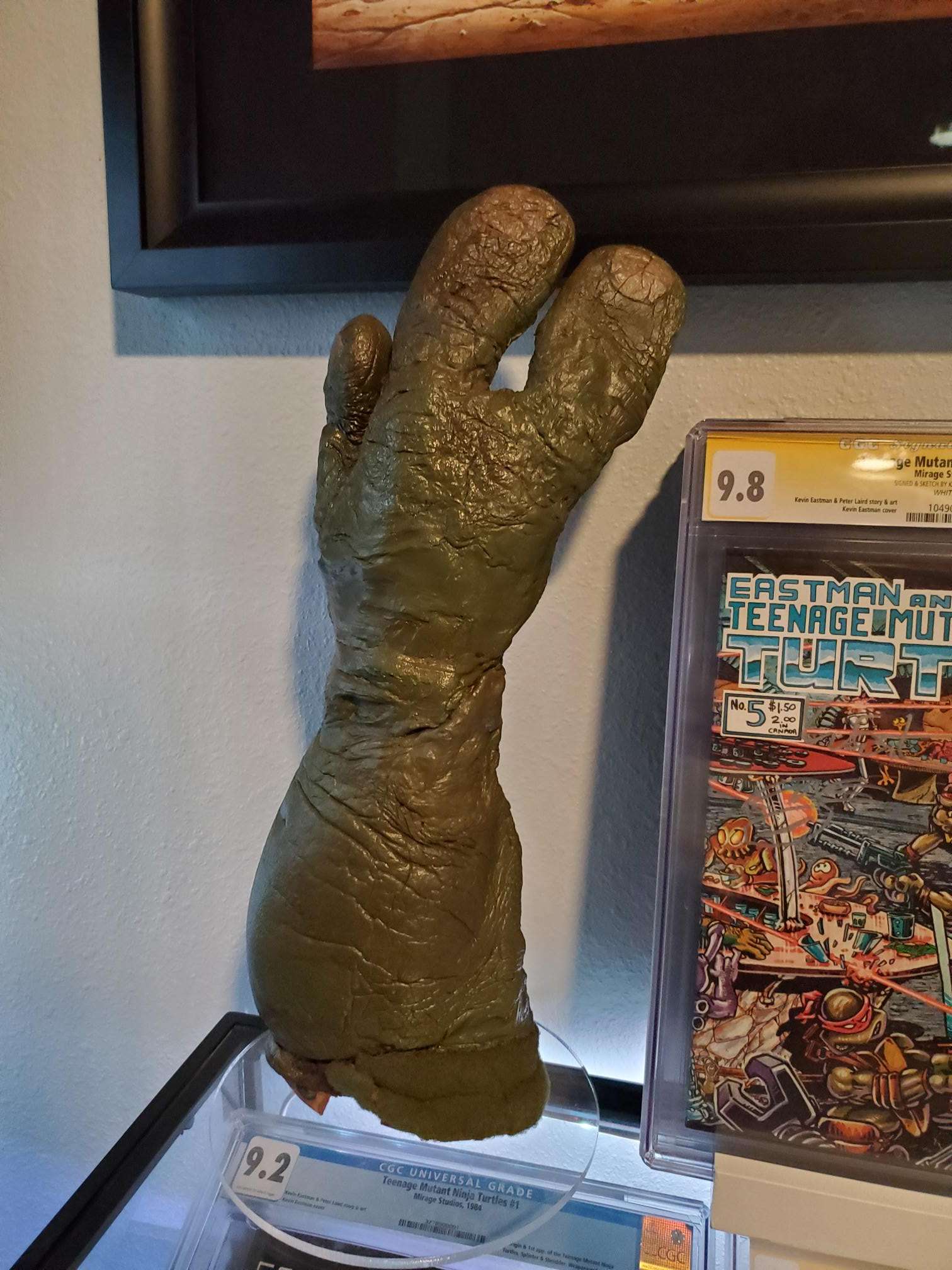
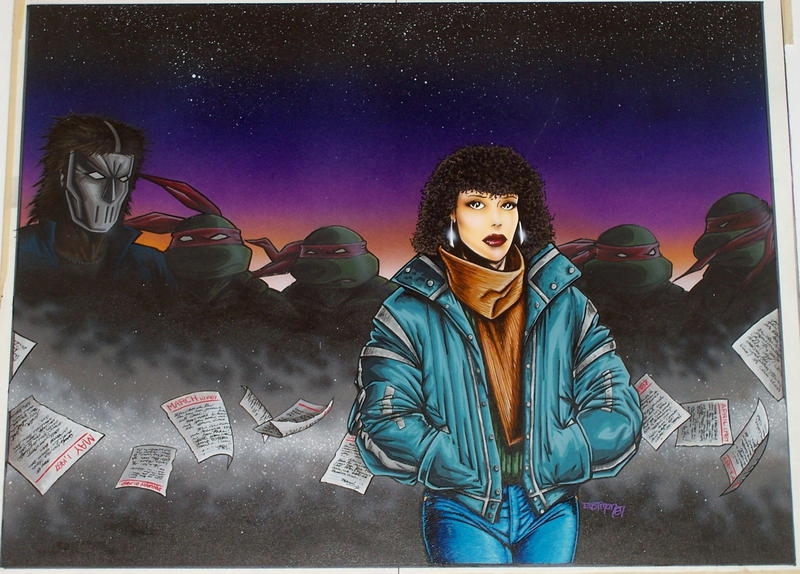
Collectibles Insurance Services was founded by collectors, for collectors! Homeowners insurance often falls short when it comes to providing coverage for collections, so that’s where we step in. We help insure collections of all kinds — from LEGOs to sports memorabilia, and comic books to toys, and so much more.
Find out what types of collections we insure or get a quote today!











